- Home
- About Us
- Contact Us
- Site Map
- Affiliate Disclosure
- Privacy Policy
- Terms And Conditions
- Best Drone For Beginners 2021 : Top Beginner Drones
- Best Drones 2022 For Beginners : Top Beginner Drone
- Best Drones For Under 100 Dollars That Are Top Easy To Fly
- Best Cheap Drone For Photography : Camera Drones Budget
- What Is The Best Drone For 2022 And How Fast They Go
- Best Drone In The World To Use For Your First Time
- Best Drones 2022 With Camera : Which One Is The Best Drone
- Mavic Drone : The Most Marvelous Epic Controlled Flight System
- Drone Pilot License : The Best Way To Show Off Your Flight Skill
- Sky Rider Drone: Wi-fi Quadcopter With Foldable Black Camera
- Drone For Kids : The Best Toy To Focus On STEM Technology
- Propel Drone HD Camera Quadcopter And Star Wars
- Mini Drone With Camera : What Is The Best One And Why It Is Good
- Drones Dji : The Most Popular Consumer Drone On The Market Today
- Long Range Drone : How Far Can It Go And At What Rate Of Speed
- Micro Drone : The Smallest Toy With The Biggest Flight Fun
- Flying Spinner Mini Drone : The Best Flying Machine For Home Use
- Drones That Follow You : Is This An Invasion of Privacy or Not ?
- Drone Vivitar : A Magnificent Piece Of Equipment To Learn To Fly
- Drone Repair Near Me : Where Can I Find Reliable Parts And Stuff
- Drone Photography Near Me That Can Capture The Scenic View
- Drone Quadcopter : The Best Aerial Fly Machine That You Can Own
- Drone Light Show : A Spectacular Array Of Lights, Camera, Action
- Drone Holy Stone : The Most Quality Flying Device Anyone Can Use
- Sky Quad Drone Reviews Is It A Scam Or Legit Revealed
- Drone Fishing : When A Man Has A Rod, Boat, And Nothing But Time
- Faa Drone Registration : Feel Free To Fly But Follow The Rules
- Remote Control Drone : RC Drones With Fpv Controllers
- Hand Controlled Drone : Guiding Your Flight At Your Finger Tips
- Best Video Drones For Beginners | Features A Beginner Drone
- The Best Drone To Buy : Drones 2023 For Beginners
- Dgi Drone
- Best Drone For Night Photography
- Best Drone For The Money
- Best Drone For Teenager
- Best Drone For Under 200
- Best Drone For Under 500
- Best Drone For Video
- Best Drone In The Market
- Best Drone Under 1000
- Best Drones For Travel
- Bird Drone
- Black Hornet Drone
- Deerc Drone
- DJI Drones For Sale
- Best Beginner Drone With Camera : Are You New To Flying
- Best Beginner Drone For Me And How Much Will It Cost
- Battery For A Drone : Benefits, Advantages, And Features
- Best Camera Drone For Professional And Entertainment Purposes
- Best Cheap Drone In The Market That Will Not Cost An Arm and Leg
- Dji Fpv Drone
- Dji Mavic 3 Drone
- Drone Dj
- Best Drone Camera For First Time Users And Experienced Users
- What Are The Best Drones For Video Drone Camera
- Home
- Best Drones 2022 For Beginners : Top Beginner Drone
- Best Brand for Drone
- Best Drones 2022 With Camera : Which One Is The Best Drone
- Best Cheap Drone For Photography : Camera Drones Budget
- Drones Dji : The Most Popular Consumer Drone On The Market Today
Drones Dji : Kids, Adults, Photographers, Realtors, Everyone
DJI, which stands for Da-Jiang Innovations, is a Chinese technology company that specializes in the design and manufacturing of unmanned aerial vehicles (UAVs), commonly known as drones. Founded in 2006 by Frank Wang, DJI has become a global leader in the drone industry and offers a wide range of products for both consumer and professional applications.
Consumer Drones: DJI offers a variety of consumer drones designed for hobbyists, aerial photography enthusiasts, and recreational use. Some of the popular consumer drone models include:
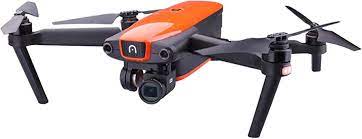
1. DJI Mavic Series: The Mavic series is known for its compact size, foldable design, and advanced features. Models like Mavic Air 2, Mavic 2 Pro, and Mavic Mini offer high-quality cameras, intelligent flight modes, and long flight times.
2. DJI Phantom Series: The Phantom series drones are known for their professional-grade cameras and stable flight performance. The Phantom 4 Pro V2.0 and Phantom 4 Advanced are popular choices among aerial photographers and videographers.
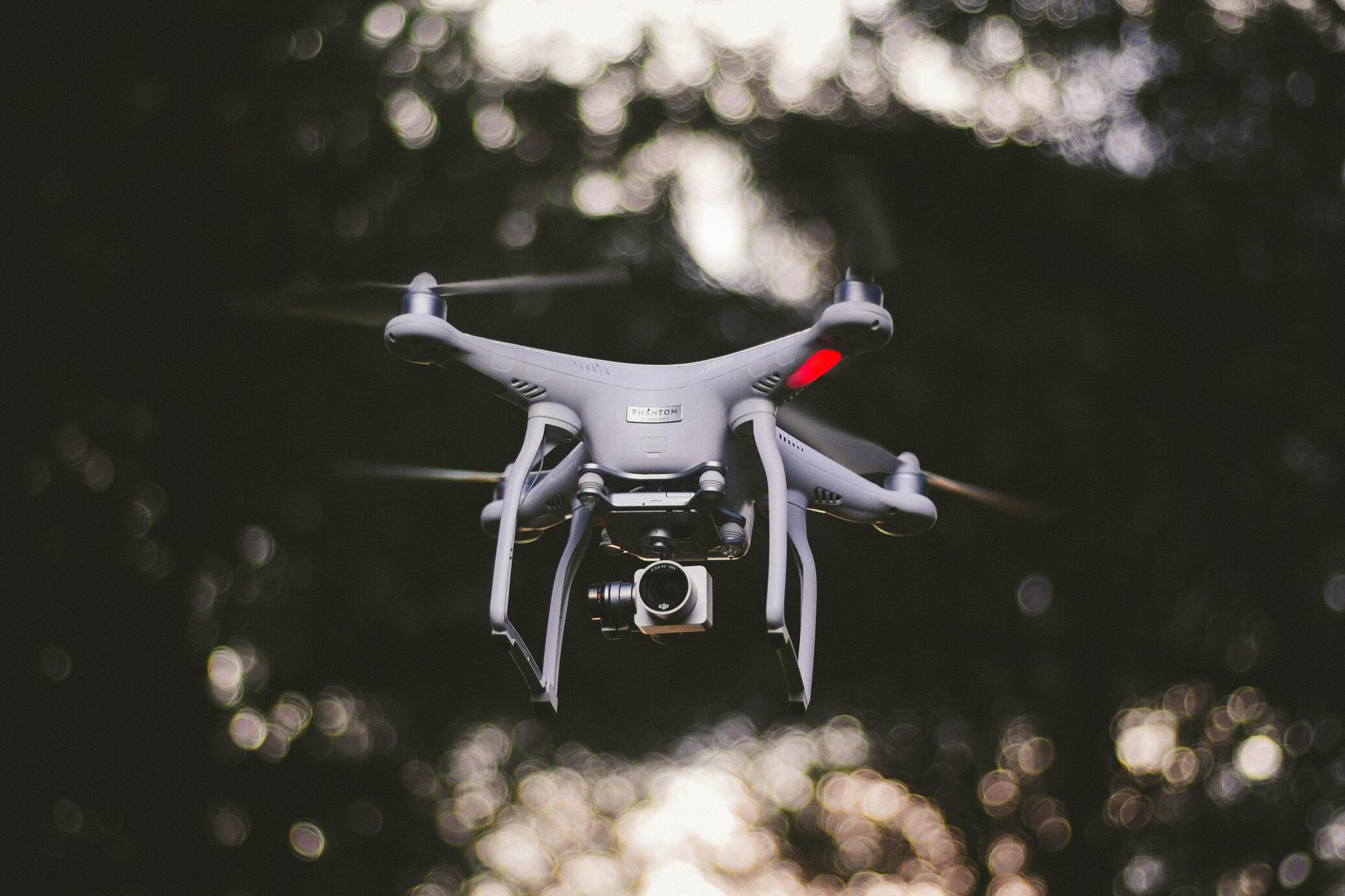
3. DJI Spark: The Spark is a compact and affordable drone that offers intelligent flight modes and a high-resolution camera. It is designed for beginners and casual drone users.
Professional Drones: DJI also caters to professional users who require advanced features and capabilities for commercial applications. These drones are widely used in industries such as filmmaking, aerial photography, surveying, agriculture, and public safety. Some of the popular professional drone models include:
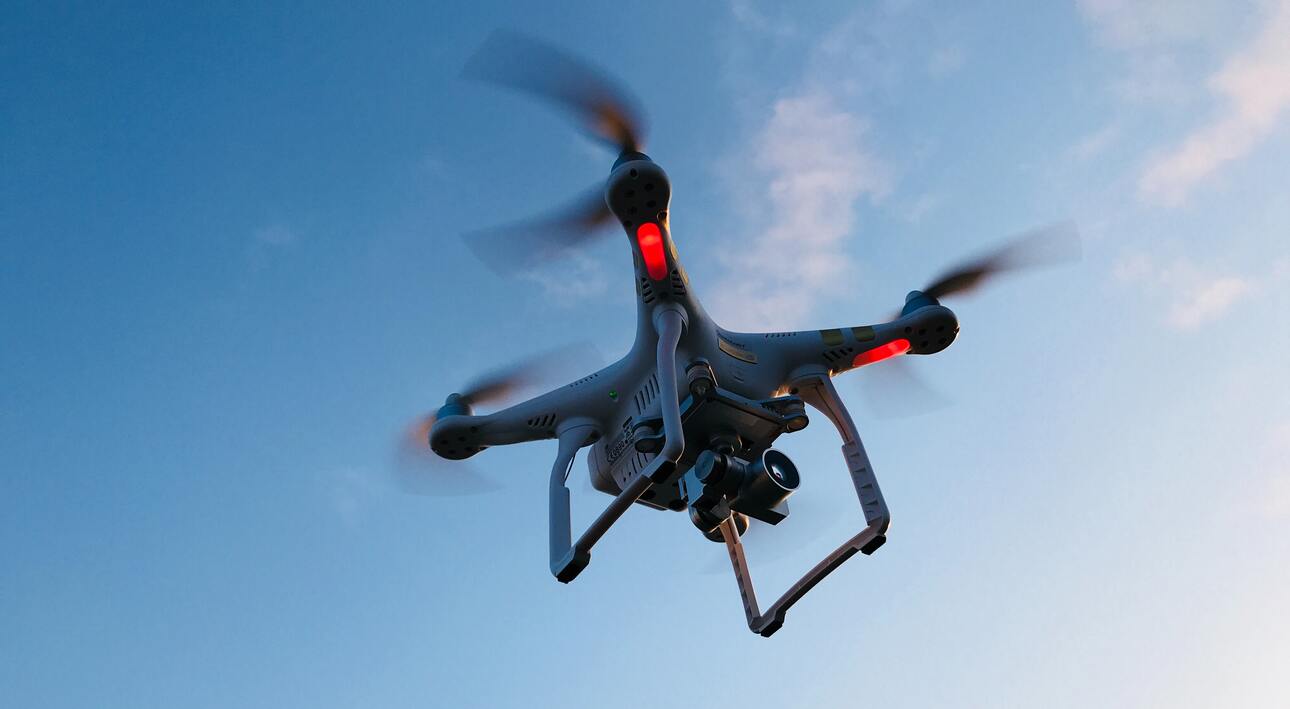
1. DJI Inspire Series: The Inspire series drones are designed for professional filmmakers and photographers. They offer a modular system, allowing users to interchange cameras and gimbals. Models like Inspire 2 are known for their high-quality cameras and advanced flight features.
2. DJI Matrice Series: The Matrice series drones are built for industrial applications and can carry heavier payloads such as thermal cameras, LiDAR sensors, or zoom cameras. They are commonly used in inspections, mapping, and search-and-rescue operations.
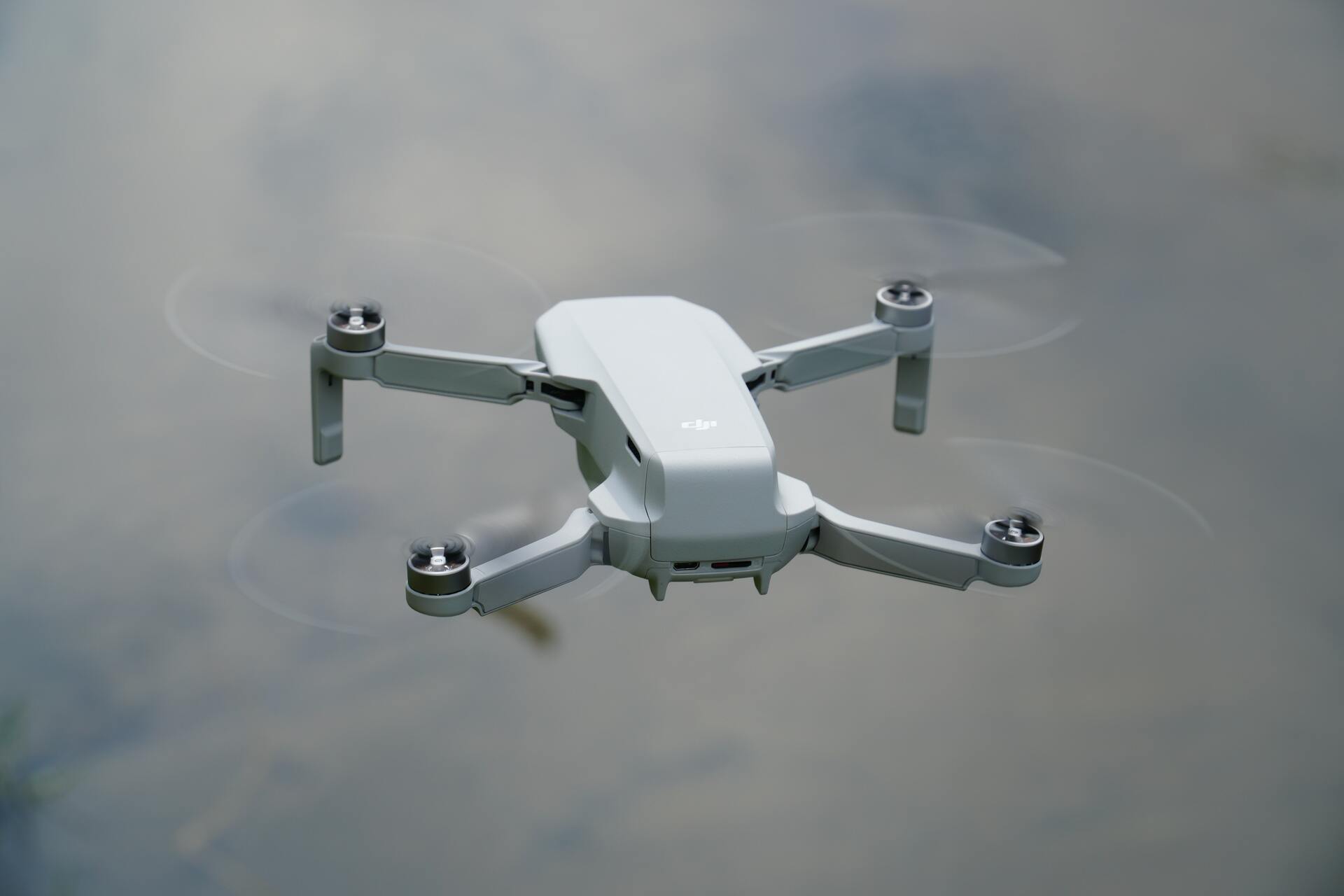
3. DJI Agras Series: The Agras series drones are specifically designed for agricultural purposes, such as crop spraying and aerial mapping. They are equipped with advanced flight planning and spraying systems to enhance efficiency in farming operations.
DJI's drones are known for their user-friendly interfaces, stable flight performance, high-quality cameras, and a range of intelligent features. The company also provides a companion mobile app called DJI GO, which allows users to control their drones, access flight telemetry, and capture and edit aerial photos and videos.
It's important to note that this information is accurate as of my knowledge cutoff in September 2021, and DJI may have released new drone models or made updates since then. It's always a good idea to visit DJI's official website or contact their customer support for the most up-to-date information on their drone offerings.
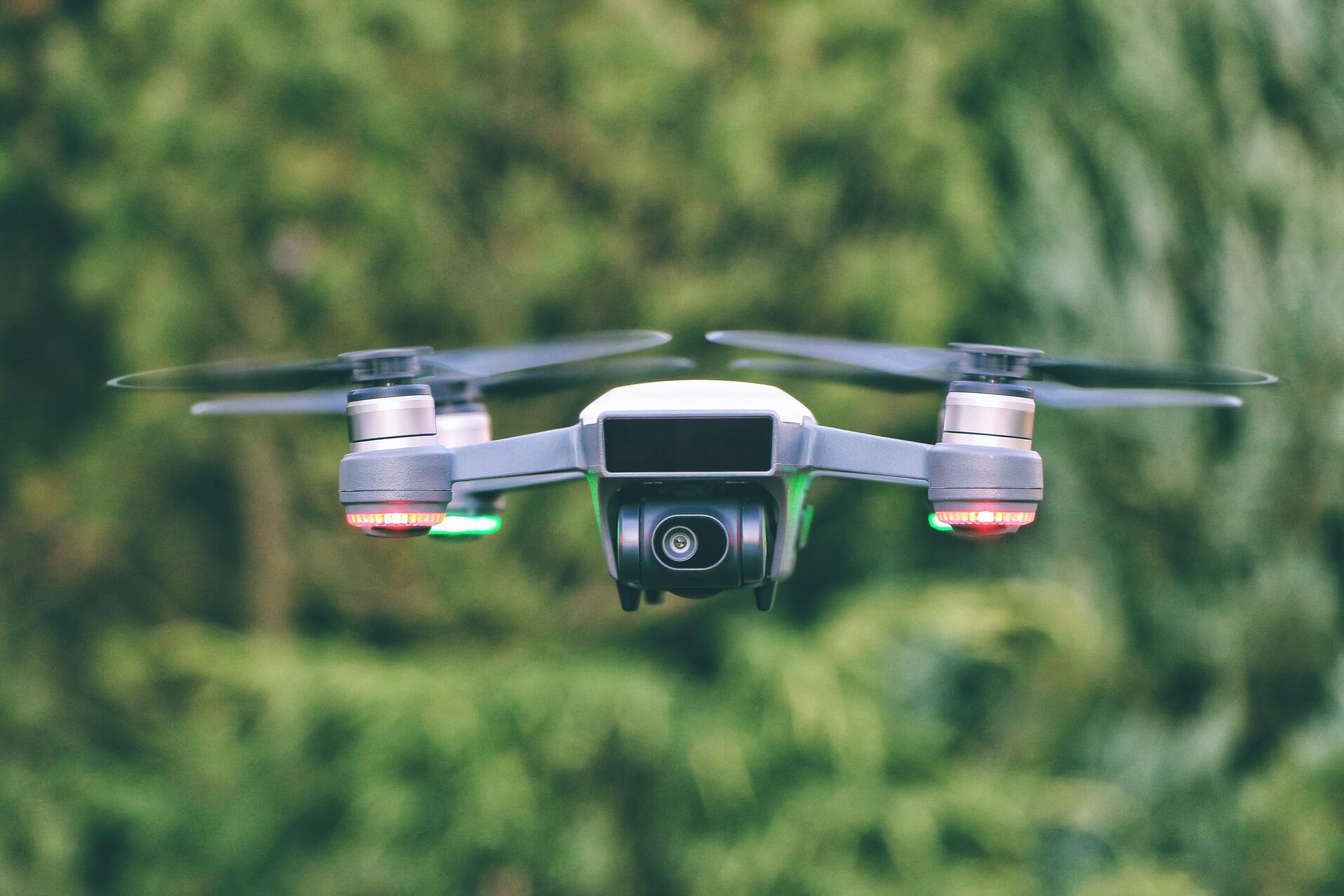
Drones Dji : Are DJI Drones Being Banned ?
There have been some concerns and discussions regarding the use of DJI drones in certain countries, particularly by government entities and organizations that handle sensitive data or have security concerns. However, it's important to note that the regulations and policies regarding DJI drones can vary between different countries and are subject to change over time.
In the United States, for example, there have been discussions about potential restrictions on the use of DJI drones by government agencies due to concerns about data security and the possibility of unauthorized data access. In 2017, the U.S. Army briefly banned the use of DJI drones by its personnel for similar reasons, but the ban was later lifted, and the Army resumed using DJI drones after implementing additional security measures.
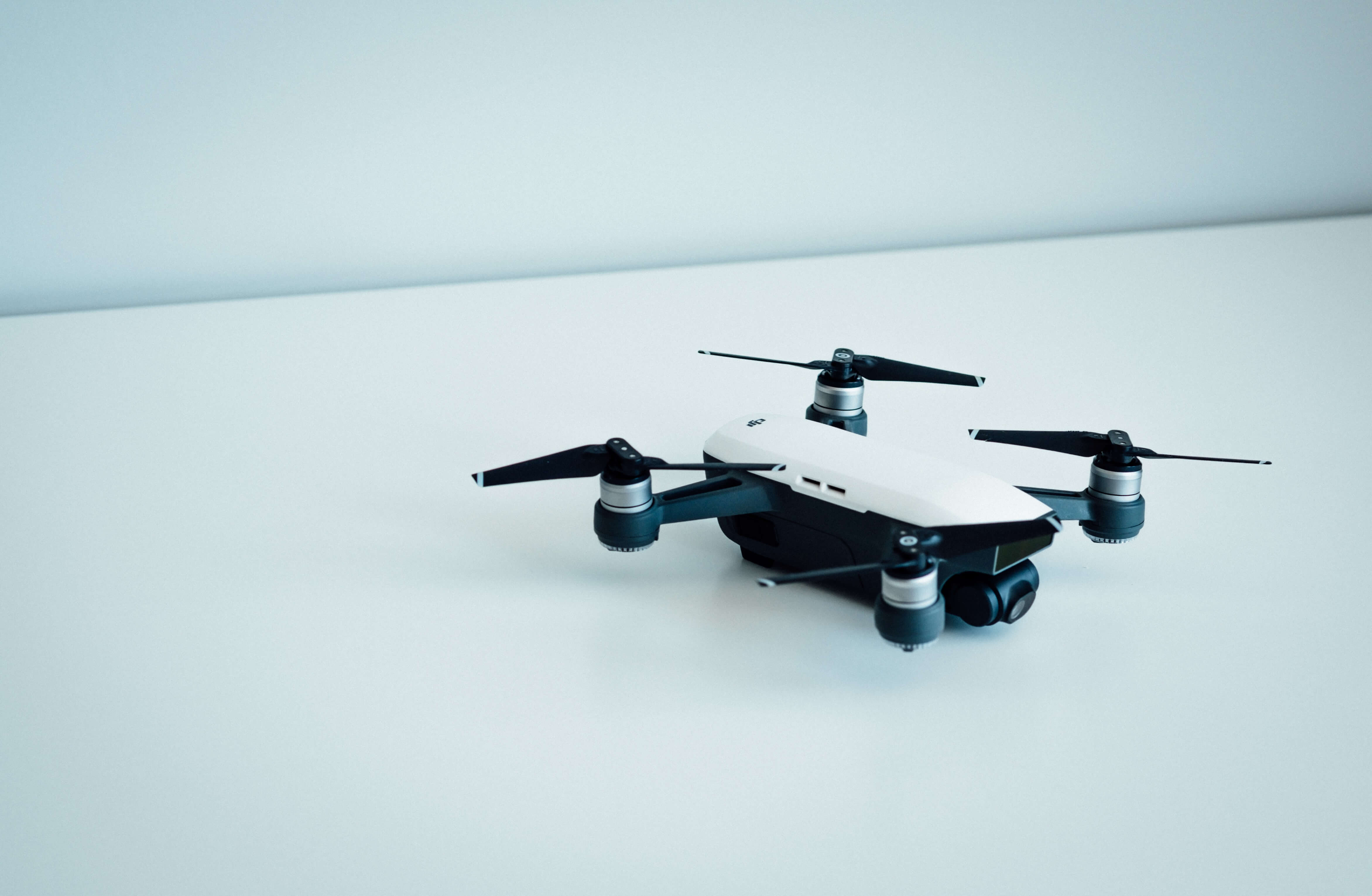
In other countries, such as Australia, there have been restrictions on the use of DJI drones in certain government and critical infrastructure areas due to similar concerns about data security. Some organizations have opted to use alternative drone brands or develop their own drone solutions to address these concerns.
It's worth noting that DJI has taken steps to address these security concerns and has introduced features and technologies to enhance data privacy and security. For instance, DJI introduced an "Offline Mode" in its flight control app, which allows users to fly their drones without the need for an internet connection, reducing the potential for data transmission.
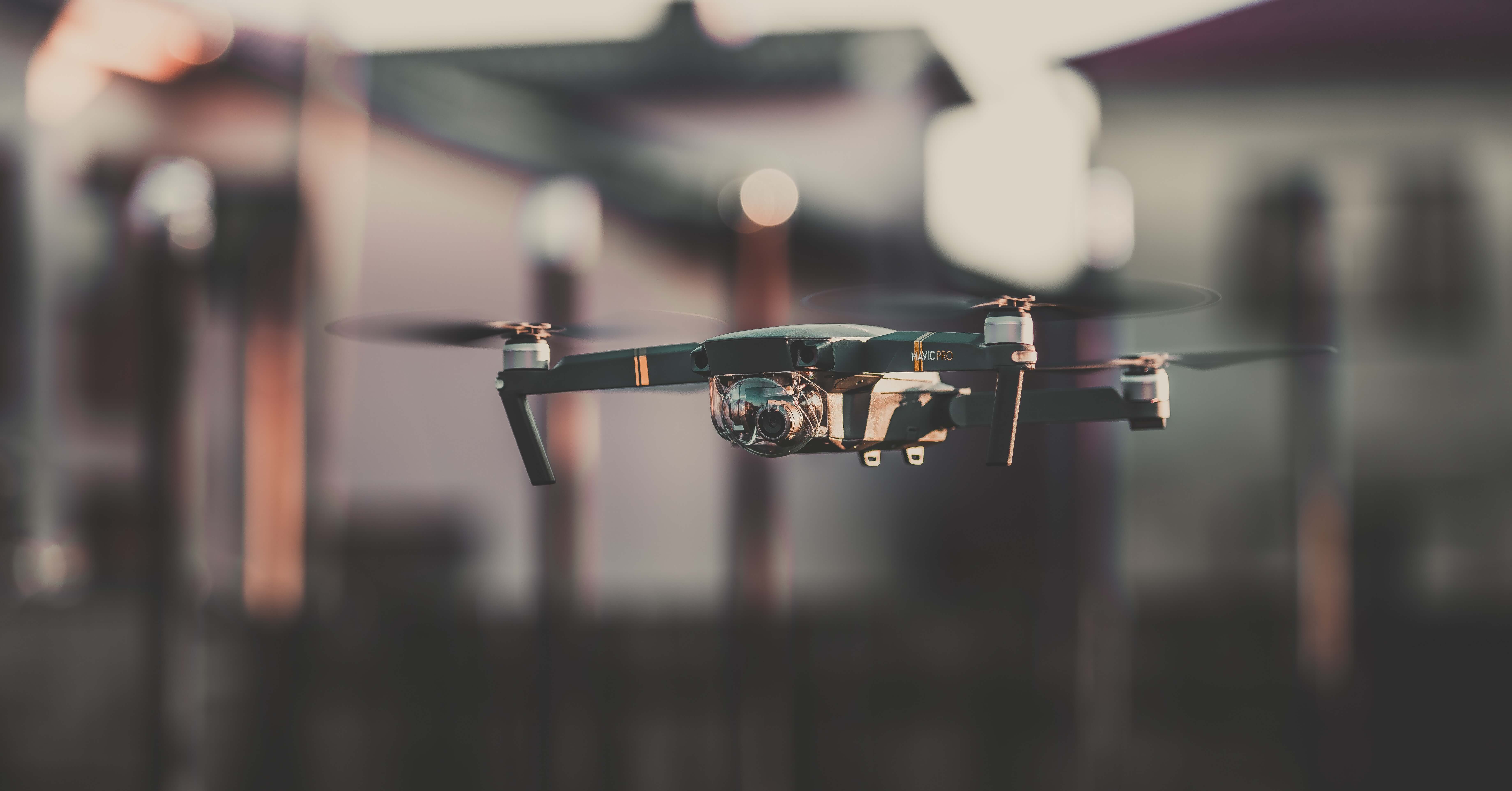
It's essential to stay informed about the regulations and guidelines set by local authorities when it comes to drone usage, including any specific restrictions or requirements related to DJI drones. As the situation can change, it's recommended to consult the official websites of relevant government agencies or reach out to local aviation authorities for the most up-to-date information on the use of DJI drones in your specific region.
Are DJI Drones Illegal In The US ?
DJI drones are not illegal in the United States. However, there have been discussions and concerns about the use of DJI drones by government entities and organizations that handle sensitive data or have security concerns. These concerns primarily revolve around data security and the possibility of unauthorized data access.
In 2017, the U.S. Army temporarily banned the use of DJI drones by its personnel due to concerns over potential vulnerabilities in the data transmission and storage systems of DJI drones. The ban was put in place as a precautionary measure while the Army assessed the security risks. However, the ban was lifted later that year, and the Army resumed using DJI drones after implementing additional security measures.
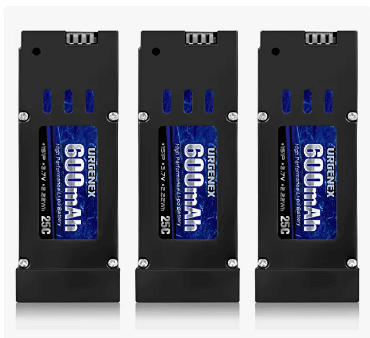
It's important to note that while there have been discussions about potential restrictions, DJI drones are widely used by consumers, professionals, and various industries in the United States. The Federal Aviation Administration (FAA) has regulations in place that govern the use of drones in the national airspace, which apply to all drone operators, regardless of the brand or manufacturer.
To ensure compliance with the FAA regulations, drone operators in the United States, including those using DJI drones, need to follow guidelines such as registering their drones, flying within visual line of sight, maintaining a safe distance from people and property, and avoiding restricted airspace, among other requirements.
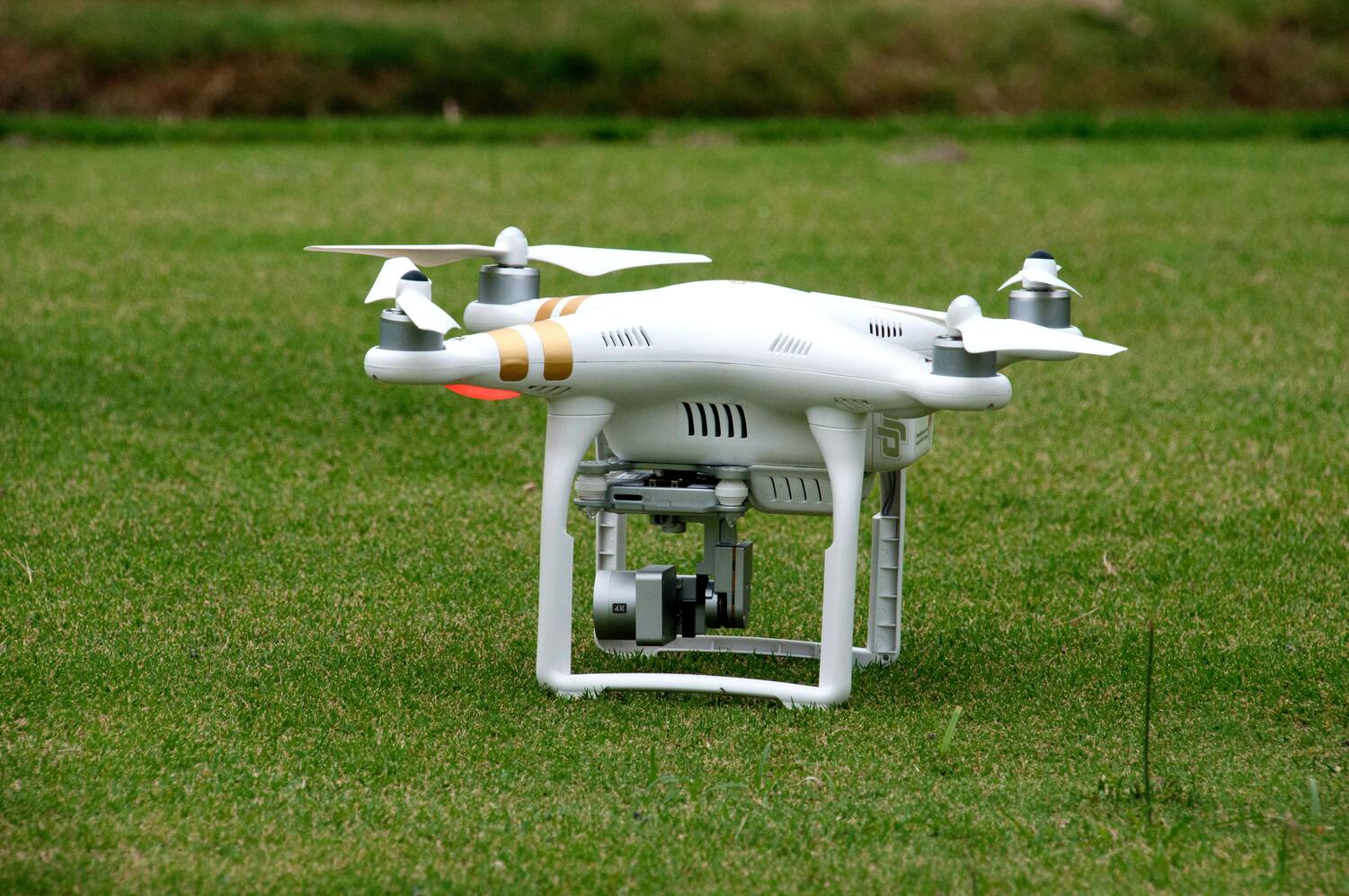
It's always a good idea to stay updated with the latest regulations and guidelines set by the FAA and local authorities regarding drone operations. The FAA's official website provides detailed information on drone regulations, airspace restrictions, and other relevant guidelines for safe and legal drone operations in the United States.
What Is The Best Drone To Buy DJI ?
DJI offers a wide range of drones with varying features and capabilities, catering to different needs and budgets. The "best" DJI drone to buy depends on your specific requirements and intended use. Here are some popular DJI drone models that are highly regarded:
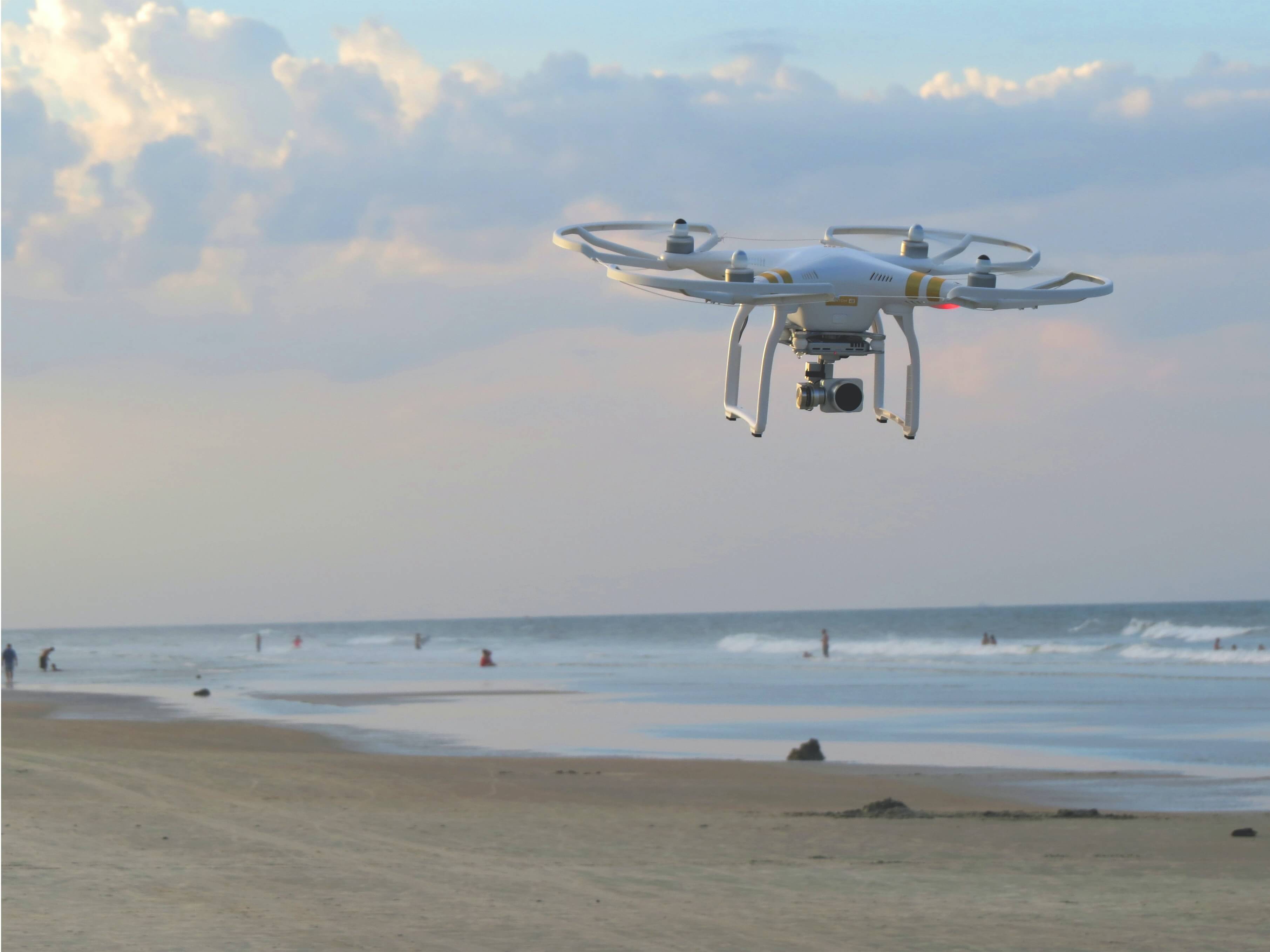
1. DJI Mavic 2 Pro: The Mavic 2 Pro is a professional-grade drone that combines excellent image quality with portability. It features a Hasselblad camera with a 1-inch CMOS sensor, allowing for stunning 20-megapixel photos and 4K video. The Mavic 2 Pro also offers a 31-minute flight time and a range of intelligent flight modes.
2. DJI Phantom 4 Pro V2.0: The Phantom 4 Pro V2.0 is a powerful and versatile drone that excels in aerial photography and videography. It boasts a 20-megapixel camera with a 1-inch sensor, capable of capturing 4K video at 60fps. The drone features obstacle avoidance, a 30-minute flight time, and a range of flight modes.
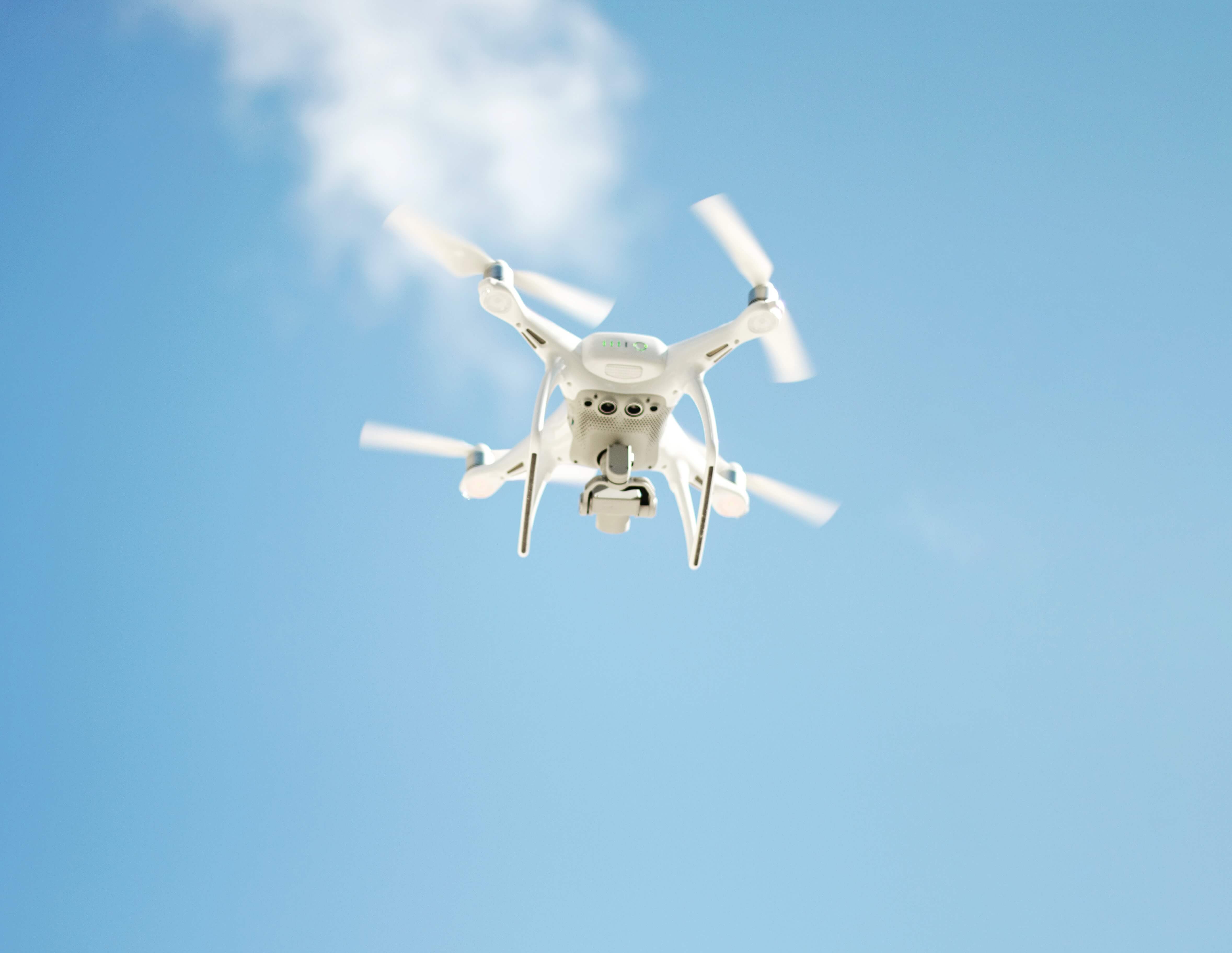
3. DJI Air 2S: The Air 2S is a compact and capable drone that offers excellent image quality and advanced features. It features a 1-inch CMOS sensor that captures 20-megapixel photos and 5.4K video. The Air 2S includes intelligent flight modes, obstacle sensing, and a 31-minute flight time.
4. DJI Mini 2: The Mini 2 is a small and lightweight drone that is perfect for beginners and casual users. Despite its compact size, it offers impressive features, including a 12-megapixel camera capable of shooting 4K video, a 31-minute flight time, and a range of intelligent flight modes. The Mini 2 also benefits from being under the weight threshold that requires FAA registration in the United States.
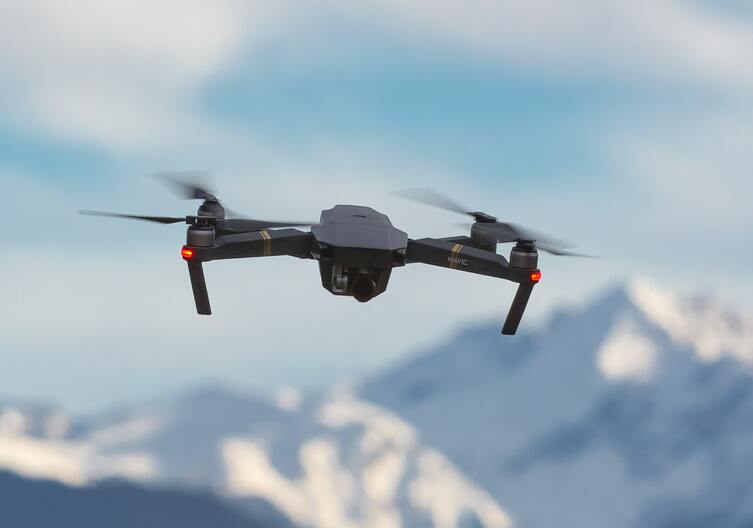
5. DJI Inspire 2: The Inspire 2 is a professional-grade drone designed for filmmakers and aerial photographers. It offers a modular system that allows for interchangeable cameras and gimbals, including options for micro four-thirds and super 35mm cameras. The Inspire 2 boasts advanced flight features, obstacle avoidance, and a top speed of 58 mph (94 km/h).
When selecting a DJI drone, consider factors such as your budget, desired image/video quality, flight time, range, portability, and specific features that meet your needs, whether for recreational use, aerial photography, or professional applications. Additionally, it's always a good idea to check the latest product offerings and specifications on DJI's official website to ensure you have the most up-to-date information when making your decision.
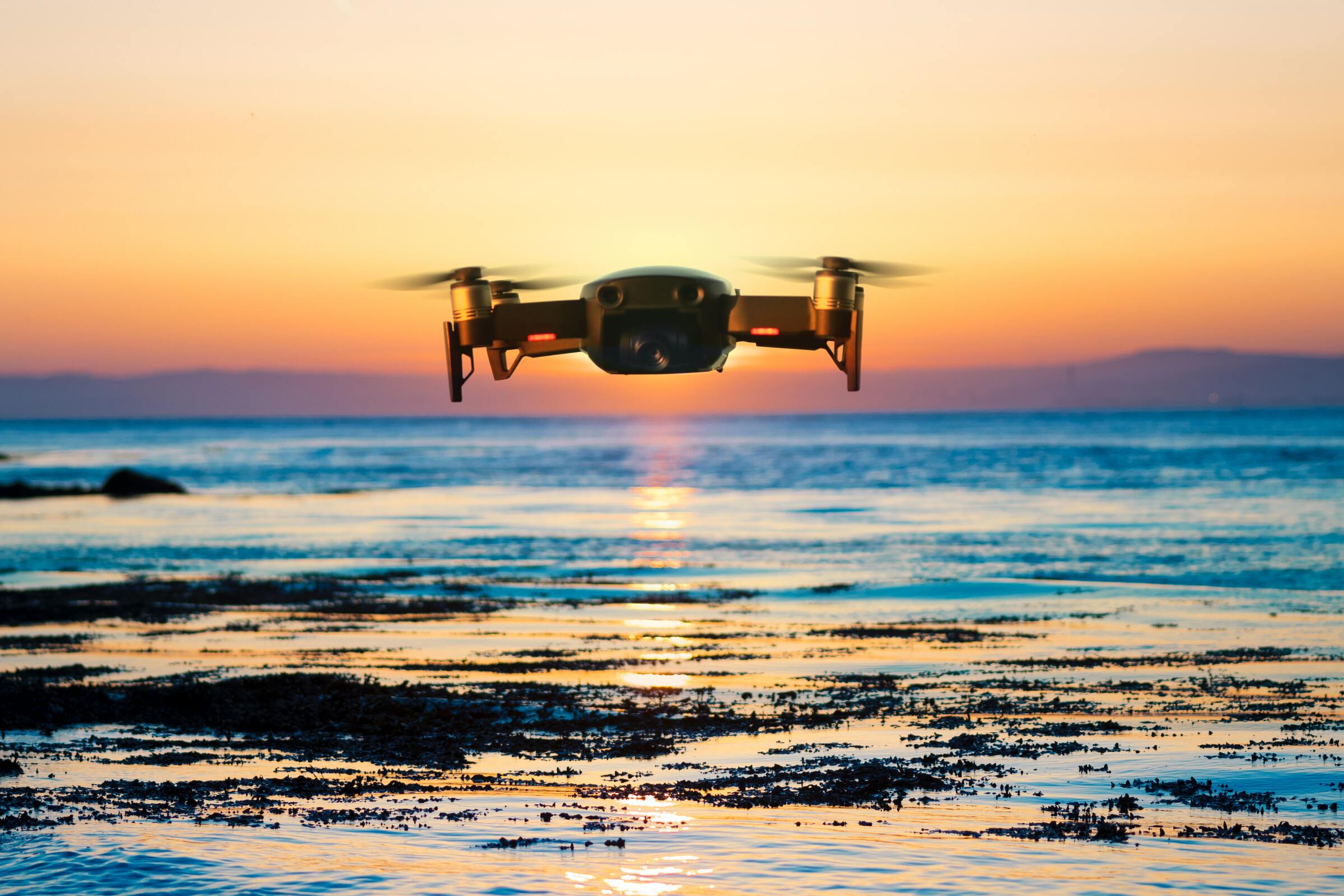
What Is A Good Drone To Buy ?
When considering a drone to buy, several factors come into play, including your budget, intended use, skill level, and desired features. Here are some popular drones from various manufacturers that offer a good balance of performance, features, and value for different types of users:
1. DJI Mavic Air 2: The Mavic Air 2 is a highly capable drone with advanced features, including a 48-megapixel camera for stunning photos and 4K video, obstacle avoidance, a 34-minute flight time, and a range of intelligent flight modes. It offers a good balance between portability and performance.
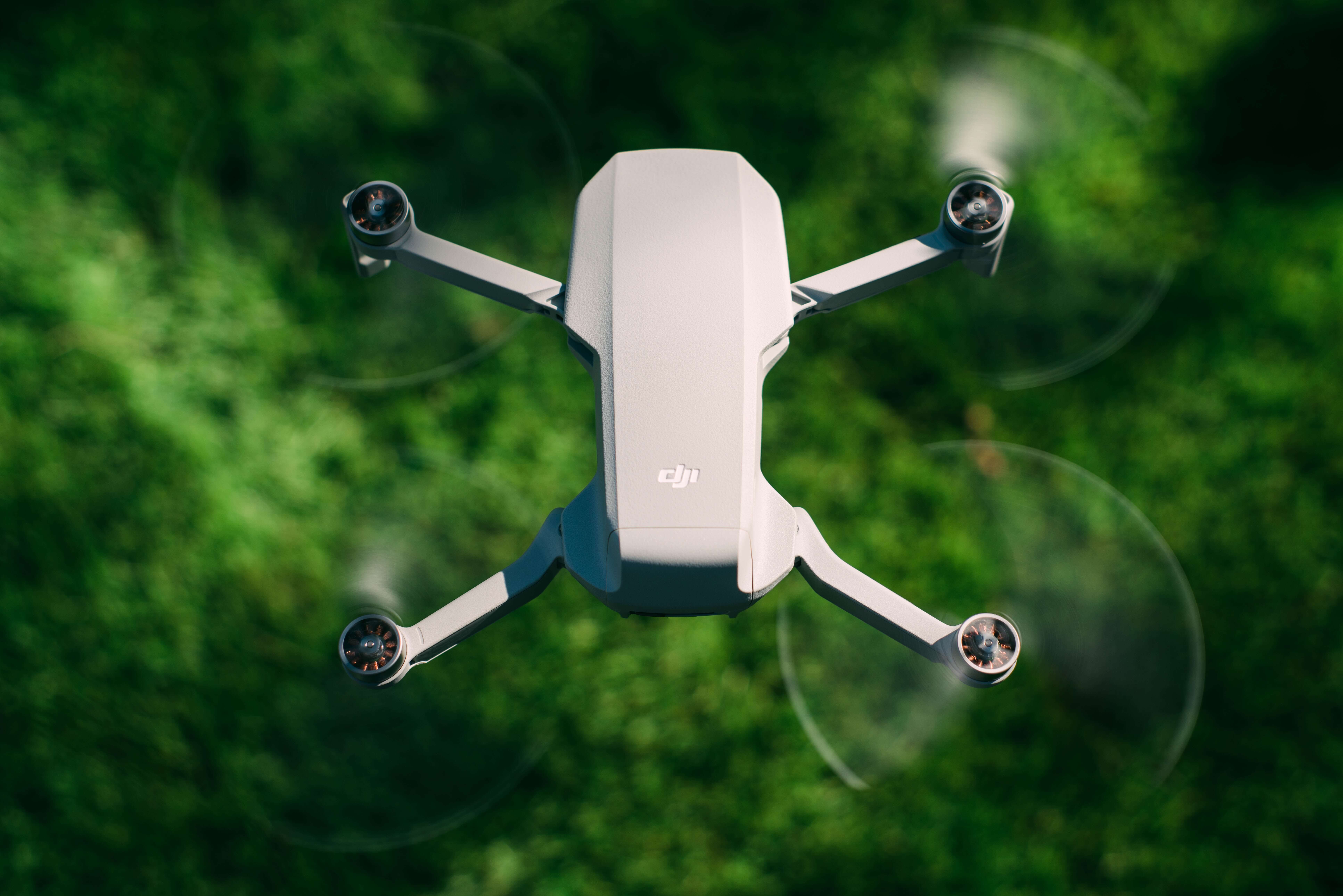
2. Autel Evo II: The Autel Evo II is a versatile drone with an impressive camera that can capture 8K video and 48-megapixel photos. It boasts a 40-minute flight time, obstacle avoidance, and a range of autonomous flight modes. The Evo II is suitable for aerial photography and videography enthusiasts.
3. Parrot Anafi: The Parrot Anafi is a lightweight and foldable drone that offers a 4K HDR camera with a 21-megapixel sensor. It features a unique 180-degree tilt gimbal, enabling creative shots from various angles. The Anafi also offers a 25-minute flight time and a compact design that is easy to carry.
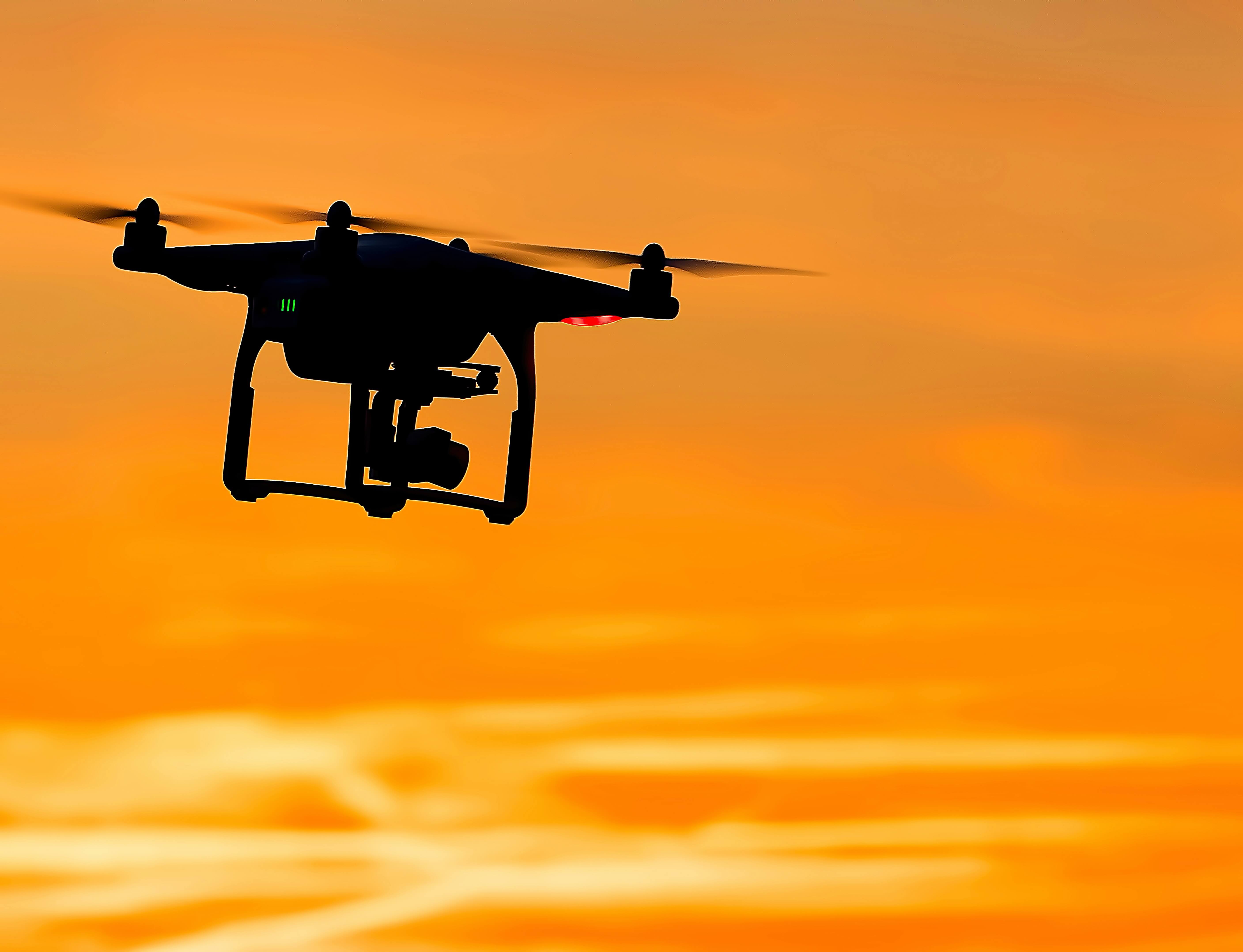
4. Holy Stone HS720: The Holy Stone HS720 is a budget-friendly option that doesn't compromise on features. It comes with a 2K camera, GPS-assisted flight, intelligent flight modes, and a flight time of up to 26 minutes. The HS720 is suitable for beginners and those looking for an affordable drone.
5. Ryze Tello: The Ryze Tello is a small and affordable drone that is perfect for beginners and kids. It features a 720p camera, stable flight controls, and programming capabilities. The Tello is an excellent choice for learning the basics of drone flying and coding.
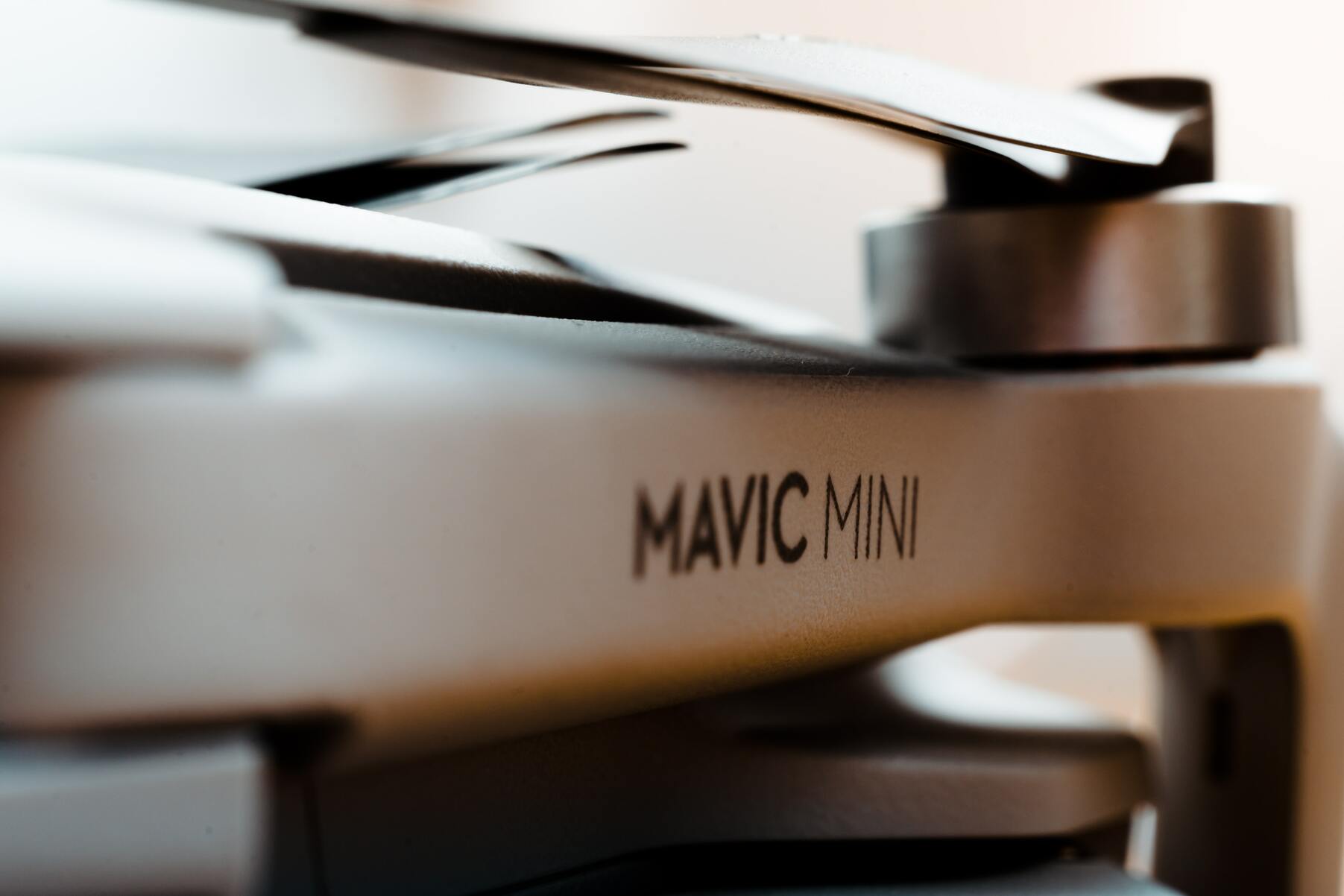
When selecting a drone, it's important to consider your specific needs, such as aerial photography, videography, recreational flying, or even racing. Additionally, check the drone's flight time, range, camera quality, stability features, and the availability of spare parts and accessories. Reading user reviews and comparing specifications and prices can also help you make an informed decision.
What States Banned DJI Drones ?
As of my knowledge cutoff in September 2021, no U.S. states have outright banned DJI drones. However, it's worth noting that the use of drones, including DJI drones, is regulated at the federal level by the Federal Aviation Administration (FAA) and may have additional restrictions at the state and local levels.
State and local governments have the authority to enact their own drone regulations to address specific concerns or protect privacy and public safety. These regulations can include restrictions on where drones can be flown, altitude limits, and privacy considerations. However, outright bans on specific drone manufacturers such as DJI are not common.
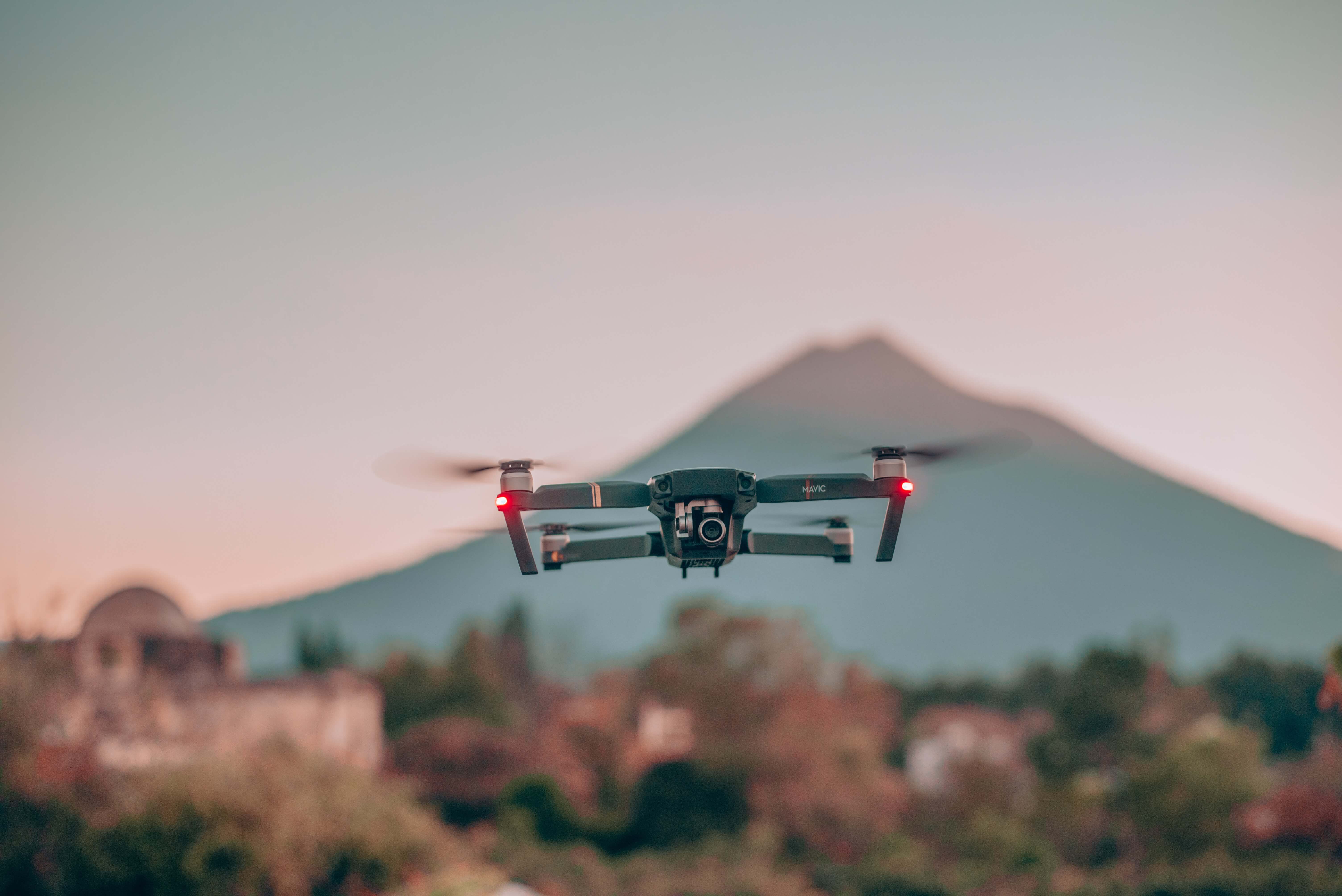
It's important to be aware of and comply with the drone regulations set by the FAA and any additional rules imposed by your state or local authorities. The FAA's regulations include guidelines on drone registration, airspace restrictions, flying near airports, and maintaining line-of-sight, among other requirements. These rules apply to all drone operators, regardless of the brand or manufacturer of the drone being used.
To ensure you are in compliance with the applicable regulations, it is recommended to consult the FAA's official website, as well as the websites or resources provided by your state or local aviation authorities, for the most up-to-date information on drone regulations in your specific location.
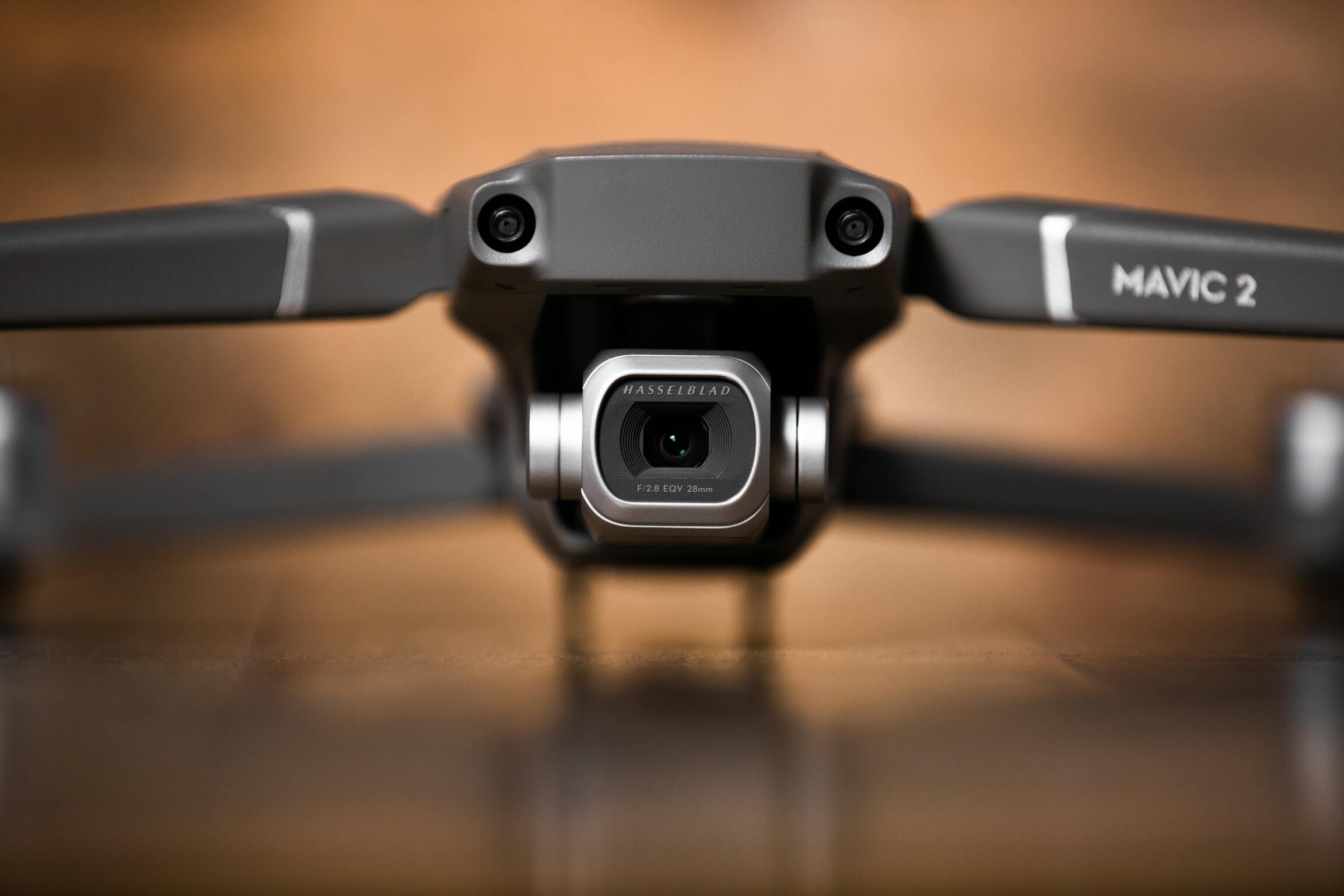
Can I Fly A DJI Drone In My House ?
Flying a DJI drone indoors, such as in your house, is generally possible, but it requires caution and consideration of several factors.
1. Space: Ensure that you have enough open space indoors to fly the drone safely without the risk of collisions with walls, furniture, or other objects. The size and maneuverability of the specific DJI drone model you have will determine the minimum space required.
2. Flight Mode: Most DJI drones offer different flight modes, including a specific indoor mode or a mode that limits the drone's speed and responsiveness. Activate the appropriate flight mode suitable for indoor flying to ensure better control and stability.
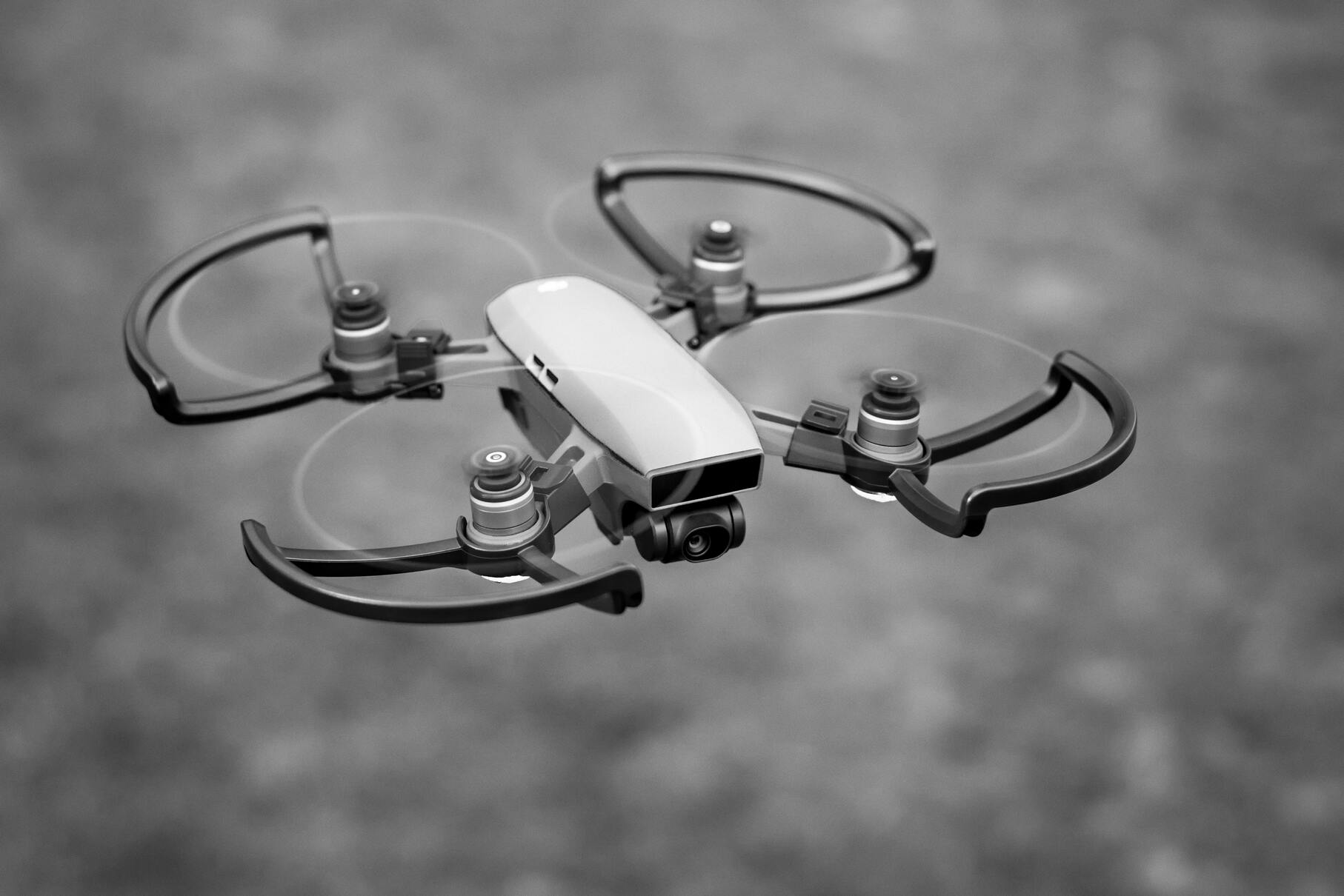
3. Obstacle Avoidance: Some DJI drone models come equipped with obstacle avoidance sensors, which can help prevent collisions with objects while flying indoors. However, be aware that these sensors may not work optimally in low light or confined spaces, so extra caution is still necessary.
4. Flight Environment: Before flying indoors, remove any fragile or valuable items that could be damaged in case of an accident. Also, ensure the space is well-lit and free from any potentially disruptive factors such as loose curtains, hanging objects, or strong airflow from fans or air conditioning.
5. Safety Precautions: It's important to maintain a safe distance from people and pets while flying indoors to prevent any accidents or injuries. Be cautious of the drone's propellers, as they can cause harm if someone comes in contact with them.
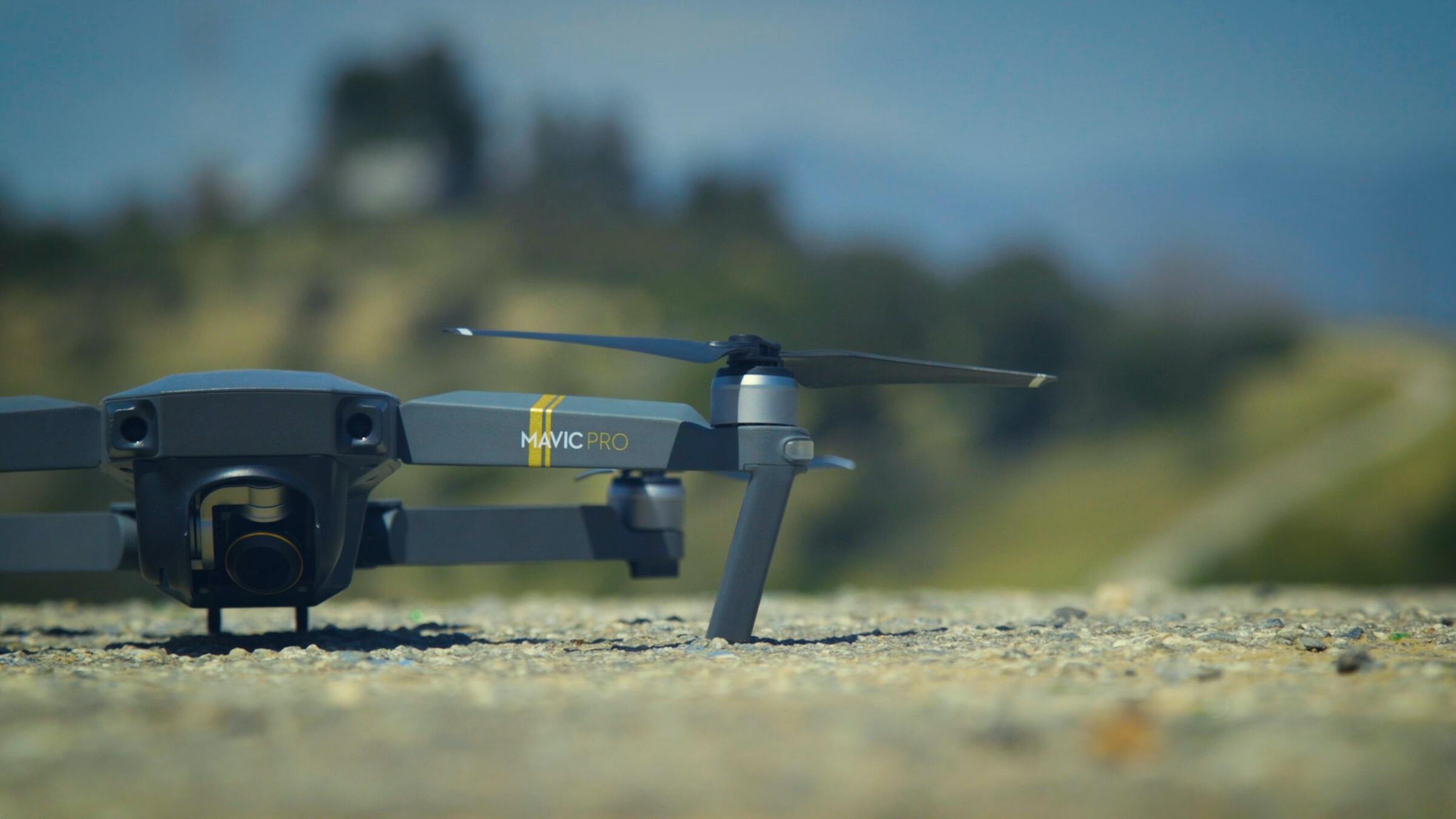
6. GPS Signals: GPS signals may not be available indoors, and some DJI drones rely on GPS for stable flight and positioning. Flying in GPS-less mode may affect the drone's stability and control, so exercise extra care when flying indoors without GPS assistance.
Always refer to the user manual and guidelines provided by DJI specific to your drone model for indoor flight recommendations and limitations. It's also advisable to practice flying in a large, open, and controlled indoor area before attempting more confined or cluttered spaces.
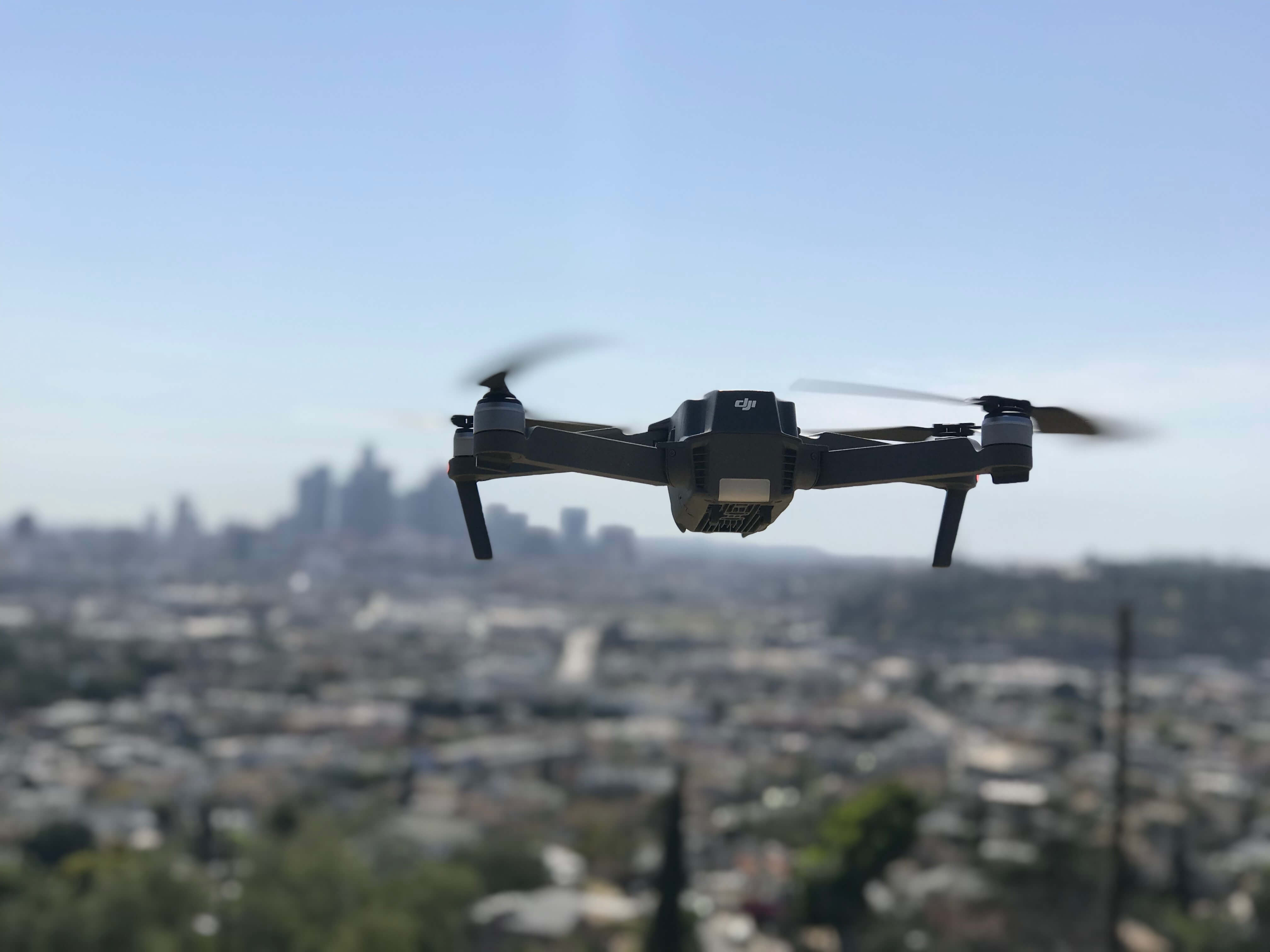
Can FAA Track Your Drone ?
Yes, the Federal Aviation Administration (FAA) has the ability to track certain drones in the United States. The FAA has implemented a system called the Remote ID, which requires drones to broadcast identification and location information during flight. This system enables authorities to track and identify drones in real-time.
The Remote ID system aims to enhance safety and security by allowing law enforcement, aviation authorities, and other authorized parties to monitor drone activity. It helps mitigate the risks associated with unauthorized or unsafe drone operations and aids in investigations if any incidents or violations occur.
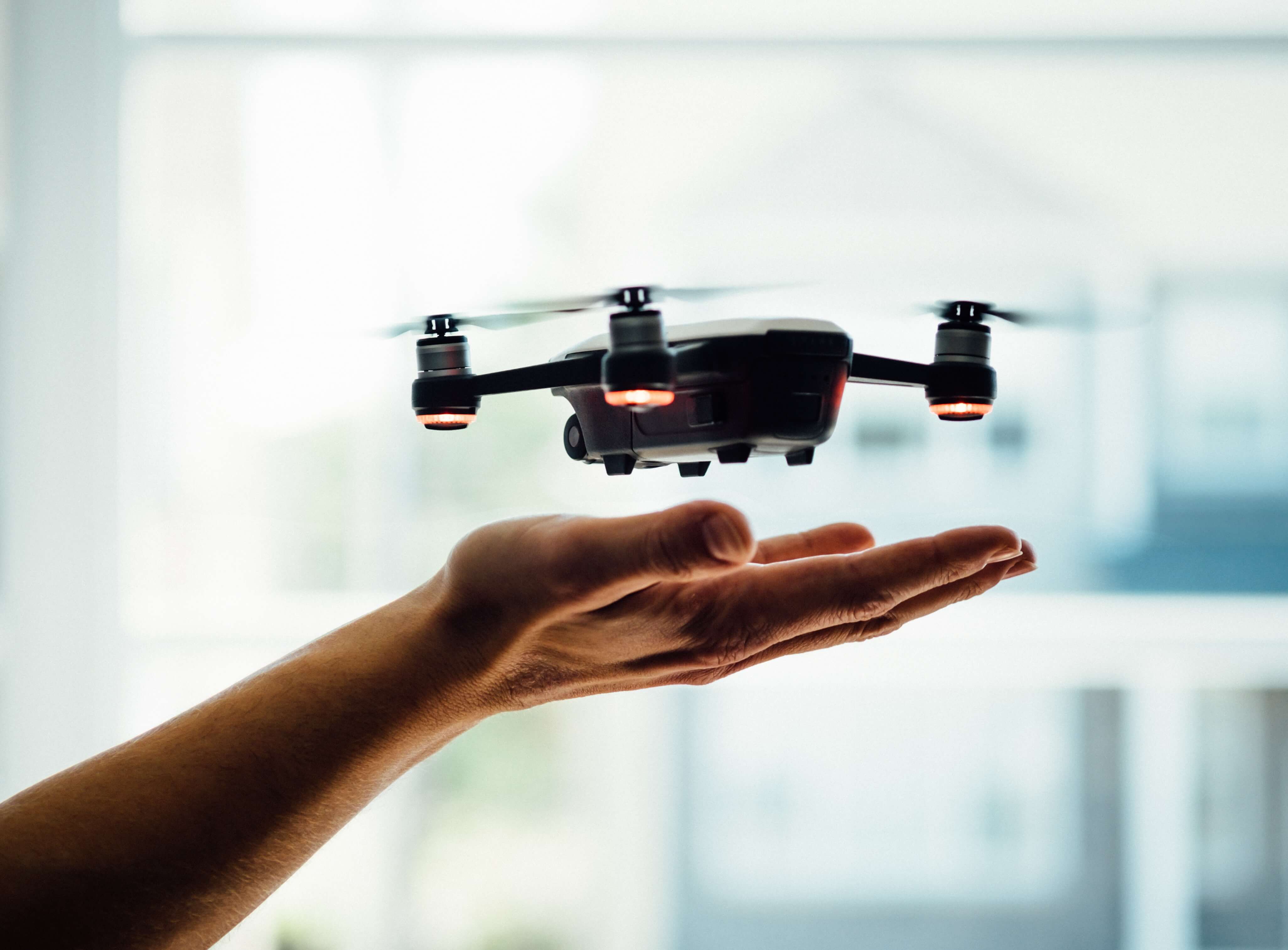
Under the Remote ID rule, drones are required to transmit identification information via radio frequency broadcast or other means, depending on the drone's capabilities. This information includes a unique identifier for the drone, as well as information about its location, altitude, and other flight parameters.
Additionally, the FAA has established a UAS (Unmanned Aircraft Systems) Integration Pilot Program and the Low Altitude Authorization and Notification Capability (LAANC) system. These initiatives provide tools and platforms for drone operators to obtain airspace authorization and fly legally in controlled airspace while allowing authorities to monitor and manage drone activity.
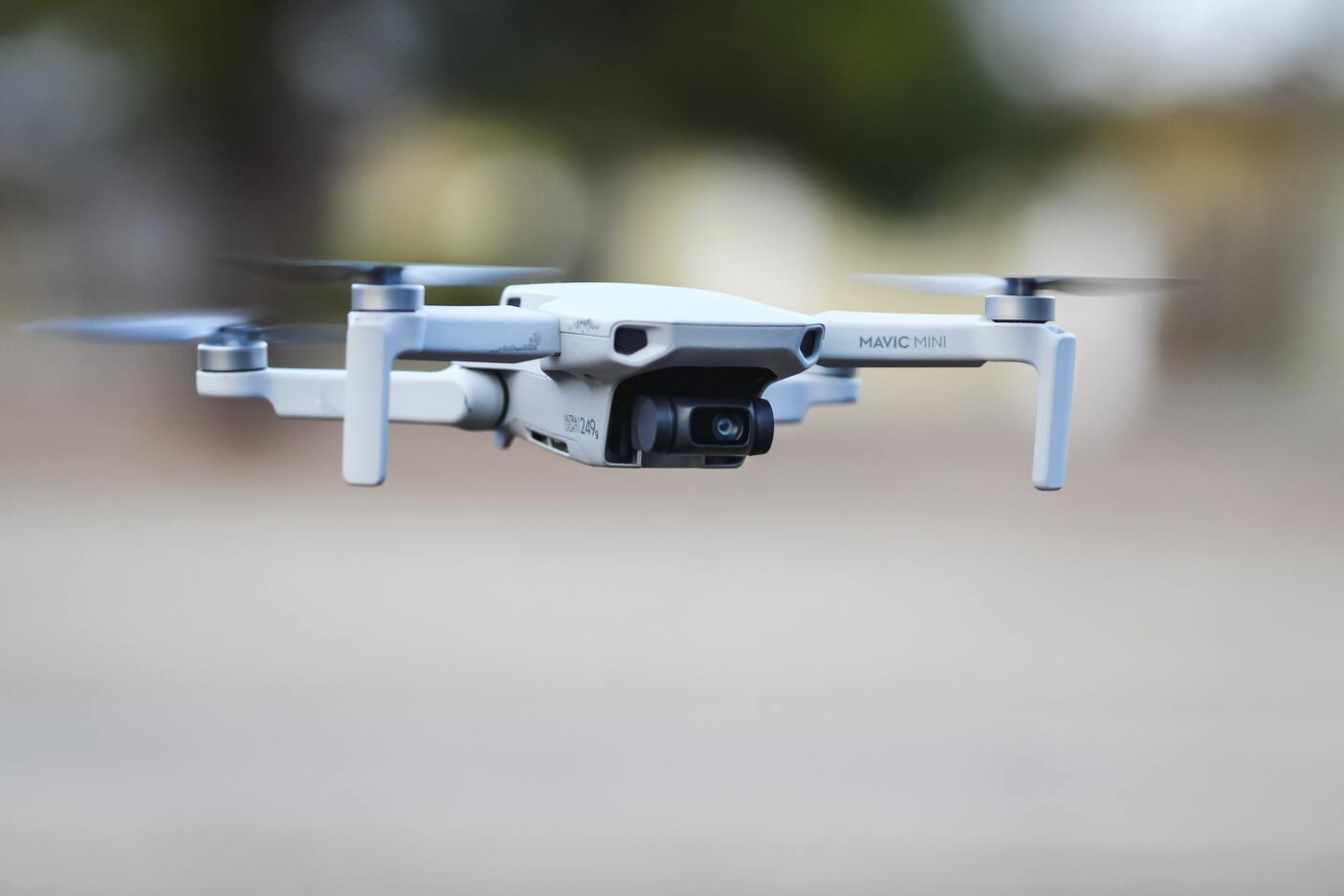
It's important to note that the FAA's ability to track drones is primarily focused on drones that fall under the regulatory framework and are required to comply with the Remote ID rule. Drones operated for recreational purposes or those weighing below a certain threshold may not be subject to the same tracking requirements. However, it's crucial for all drone operators to adhere to FAA regulations and guidelines to ensure safe and responsible drone operations.
What's The Longest Distance A Drone Can Fly ?
The maximum distance a drone can fly largely depends on various factors, including the drone's design, battery capacity, flight mode, weather conditions, and regulatory limitations. Here are some key factors to consider:
1. Battery Life: The flight time of a drone is determined by its battery capacity and power efficiency. Most consumer-grade drones offer flight times ranging from 15 to 40 minutes. Professional-grade drones designed for longer endurance, such as DJI's Matrice series, can fly for up to 30-40 minutes or more, depending on the payload and battery configuration.
2. Range and Signal Strength: The range of a drone refers to the maximum distance at which it can maintain a stable connection with the remote controller or ground control station. Consumer drones typically offer ranges of a few hundred meters to a few kilometers, while professional drones with more advanced communication systems can achieve ranges of several kilometers or even beyond line-of-sight capabilities.
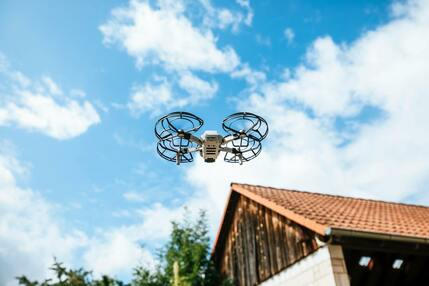
3. Regulatory Limitations: Drone regulations may impose limitations on the maximum allowable distance for drone flights. In many countries, including the United States, drone operators are required to maintain visual line-of-sight with their drones, meaning they must be able to see the drone with unaided vision at all times during flight. However, specific regulations may allow for extended range operations with appropriate waivers and permissions.
4. Autonomous Flight and Waypoints: Some advanced drones offer autonomous flight capabilities, including programmed waypoints and route planning. These features allow the drone to fly longer distances without direct manual control, following a predetermined flight path.
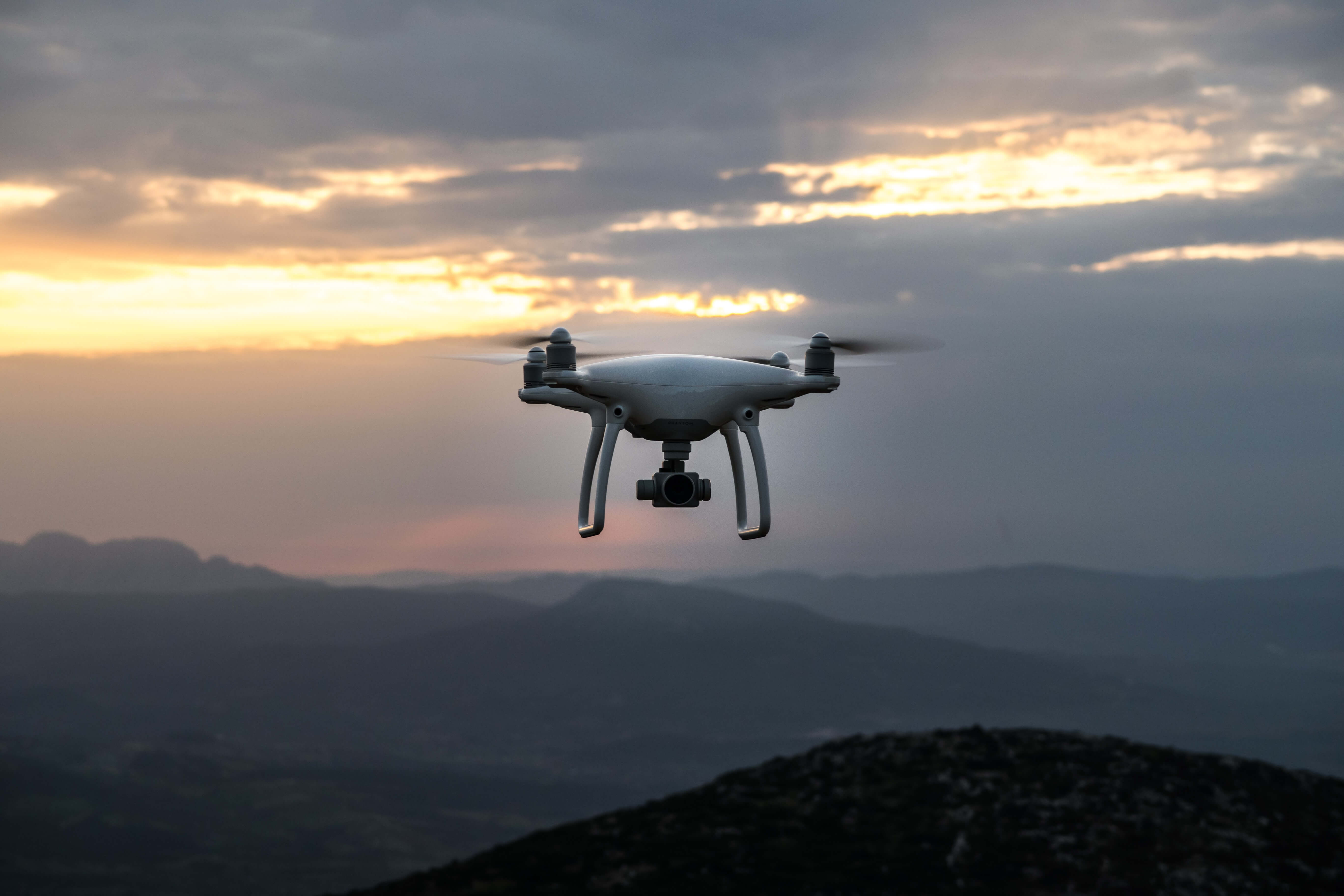
5. Payload and Flight Conditions: The payload carried by the drone can affect its flight performance, including endurance. Heavier payloads or additional equipment like cameras, sensors, or extra batteries may reduce the flight time and distance. Weather conditions, such as wind speed and temperature, can also impact flight endurance.
It's important to note that when flying a drone, it's crucial to comply with local regulations, maintain a safe and responsible flight environment, and consider factors like battery life and signal strength to ensure a safe and successful flight. Always refer to the manufacturer's specifications and guidelines for the specific drone model you are using to determine its maximum flight distance.
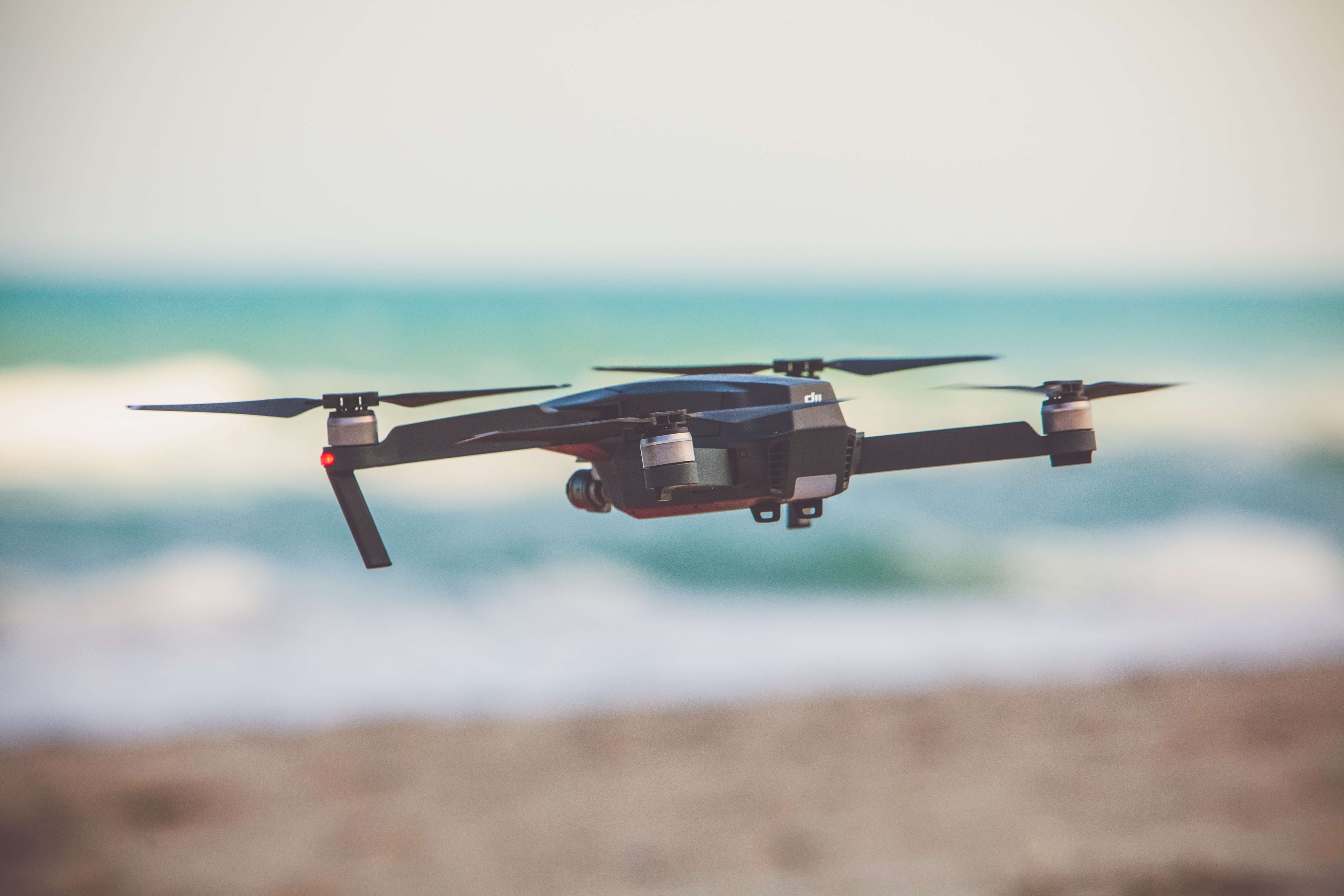
Is DJI Drone Worth It ?
DJI drones are generally considered to be worth the investment for many users due to their high-quality build, advanced features, reliable performance, and extensive ecosystem of accessories and software. Here are some factors to consider when evaluating the value of DJI drones:
1. Quality and Performance: DJI is known for producing drones that are well-designed and built with high-quality materials. Their drones often feature stable flight performance, reliable GPS navigation, advanced flight control systems, and smooth camera stabilization, resulting in high-quality aerial photography and videography.
2. Camera Capabilities: DJI drones often come equipped with high-resolution cameras that deliver excellent image and video quality. The camera systems on DJI drones offer various features such as adjustable aperture, high dynamic range (HDR), 4K/5.2K/8K video recording, and advanced image stabilization technologies.
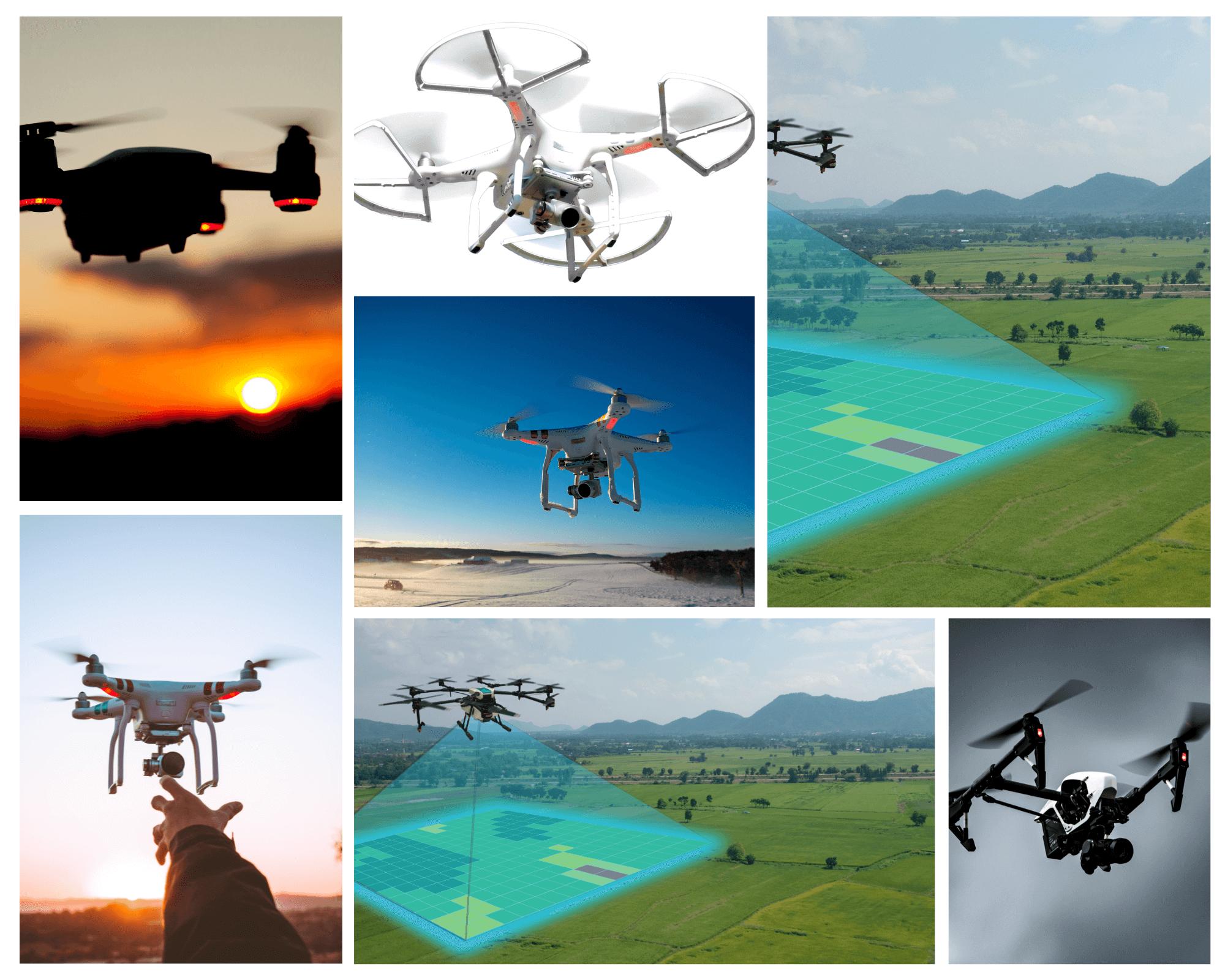
3. Flight and Safety Features: DJI drones incorporate a range of flight modes and intelligent features that enhance user experience and flight safety. These include obstacle avoidance, automated flight modes, subject tracking, return-to-home functions, and geofencing to prevent flights in restricted areas.
4. Software and Ecosystem: DJI provides a robust software ecosystem to support their drones. The DJI GO mobile app offers intuitive flight controls, live video streaming, access to camera settings, and post-flight editing capabilities. DJI also offers additional software tools for professional applications, such as mapping, inspection, and aerial photography.
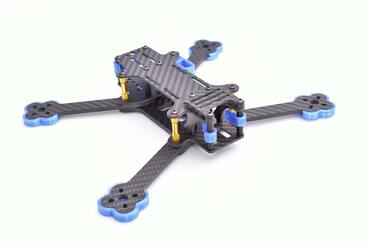
5. Range of Models and Prices: DJI offers a wide range of drone models, catering to different budgets and needs. From compact consumer drones like the Mavic Mini to professional-grade drones like the Inspire series, DJI provides options for hobbyists, enthusiasts, and professionals.
6. Customer Support and Community: DJI has established a strong customer support system, providing resources, tutorials, and troubleshooting guides for drone users. Additionally, DJI has an active online community where users can share experiences, tips, and knowledge, fostering a supportive environment for drone enthusiasts.
It's worth noting that the value of a DJI drone ultimately depends on your specific requirements, intended use, and budget. It's recommended to carefully consider your needs, compare features and prices, read user reviews, and assess the available options to determine if a DJI drone aligns with your expectations and delivers the features you need for your desired drone experience.
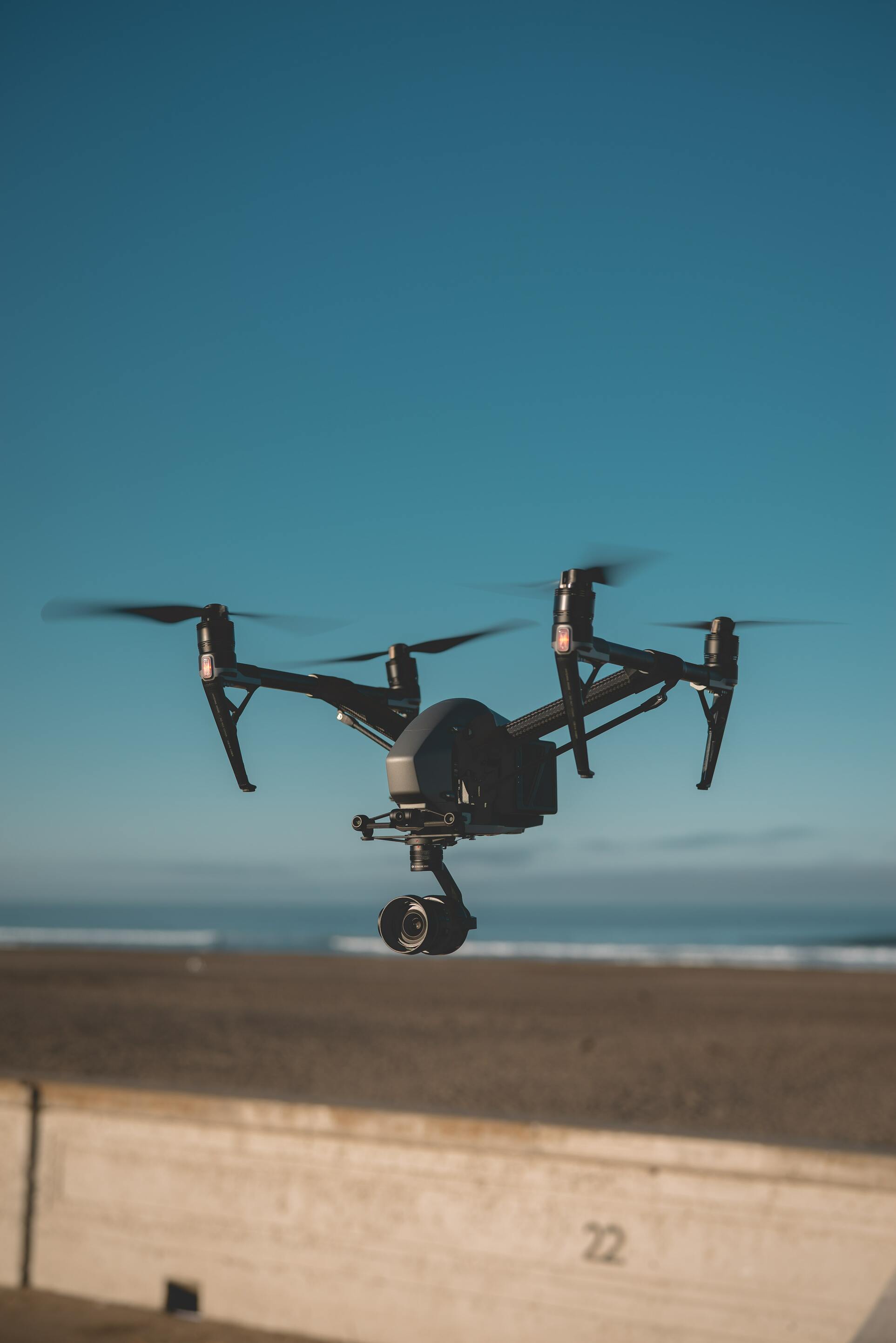
Which DJI Drone Can Fly The Longest ?
As of my knowledge cutoff in September 2021, the DJI Matrice 300 RTK (M300) is one of the DJI drones that offers the longest flight time. The flight time of a drone can vary based on factors like payload, weather conditions, flight mode, and battery configuration. However, the Matrice 300 RTK is known for its extended flight endurance.
The DJI Matrice 300 RTK is a professional-grade drone designed for industrial applications such as inspections, mapping, and public safety operations. It features a modular design, advanced flight control systems, and a wide range of payloads and sensors. The drone is capable of flying for up to 55 minutes when equipped with dual TB60 intelligent flight batteries.
The TB60 batteries used in the Matrice 300 RTK offer a higher capacity compared to batteries used in other DJI consumer-grade or professional drones. This extended battery life allows the drone to cover larger areas, conduct longer inspections, or perform tasks that require extended flight endurance.
It's important to note that the flight time can vary depending on the specific flight conditions, payload configuration, and battery usage. It's always recommended to refer to the manufacturer's specifications and guidelines for the most accurate information regarding flight time and battery performance for the DJI Matrice 300 RTK or any other DJI drone model.
How Much Does A Really Good Drone Cost ?
The cost of a "really good" drone can vary significantly based on factors such as brand, features, capabilities, camera quality, flight time, and intended use. Here's a breakdown of the approximate price ranges you can expect for drones in different categories:
1. Entry-Level Consumer Drones: Entry-level consumer drones suitable for beginners and recreational users typically range from around $100 to $500. These drones offer basic flight features, HD or 2.7K camera capabilities, and flight times between 10 and 20 minutes.
2. Mid-Range Consumer Drones: Mid-range consumer drones with improved flight performance, higher-resolution cameras, and additional features generally range from $500 to $1,500. These drones often offer 4K video recording, obstacle avoidance, longer flight times of 20 to 30 minutes, and advanced flight modes.
3. Professional Drones: Professional-grade drones designed for commercial applications, aerial photography, and videography can range from $1,500 to several thousand dollars. These drones often have advanced camera systems, higher payload capacities, longer flight times (30 minutes or more), and advanced flight control features. Prices can vary significantly depending on the specific model, payload options, and additional accessories.
4. Enterprise Drones: Enterprise-level drones designed for industrial applications such as mapping, inspections, and public safety can cost several thousand to tens of thousands of dollars. These drones typically offer longer flight times, advanced autonomous flight capabilities, robust build quality, and the ability to carry specialized payloads or sensors.
It's important to note that the above price ranges are approximate and can vary based on market fluctuations, new product releases, and specific configurations or bundles. Additionally, the prices mentioned may not include additional accessories, spare batteries, or professional services.
When considering the cost of a drone, it's essential to assess your needs, intended use, and budget. Research different models, compare features, read user reviews, and consider the long-term value and return on investment the drone can provide for your specific requirements.
How Much Should You Pay For A Good Drone ?
The amount you should pay for a good drone depends on several factors, including your budget, intended use, desired features, and level of expertise. Here are some general guidelines to consider when determining how much to spend on a drone:
1. Entry-Level Drones: Entry-level drones suitable for beginners and recreational users typically range from around $100 to $500. These drones offer basic flight features, decent camera capabilities (HD or 2.7K), and flight times between 10 and 20 minutes. If you're new to drones or simply want to try out aerial photography as a hobby, an entry-level drone in this price range can be a good starting point.
2. Mid-Range Drones: Mid-range drones with improved flight performance, higher-resolution cameras, and additional features generally range from $500 to $1,500. These drones offer enhanced stability, longer flight times (20 to 30 minutes), 4K video recording, obstacle avoidance, and advanced flight modes. They are suitable for enthusiasts, hobbyists, and individuals who want more advanced features and better camera quality.
3. Professional-Grade Drones: Professional-grade drones designed for commercial applications, aerial photography, and videography can range from $1,500 to several thousand dollars. These drones often have advanced camera systems, longer flight times (30 minutes or more), higher payload capacities, and advanced flight control features. Professional-grade drones are typically used by photographers, videographers, surveyors, and other professionals who require top-notch quality and advanced capabilities.
4. Enterprise-Level Drones: Enterprise-level drones designed for industrial applications, mapping, inspections, and public safety can cost several thousand to tens of thousands of dollars. These drones often offer specialized payloads, longer flight times, advanced autonomous flight capabilities, and robust build quality. Enterprise drones are used in industries such as construction, agriculture, infrastructure inspection, and emergency services.
Remember that while price can be an indicator of quality and features, it's essential to evaluate the specific requirements for your use case. Consider factors such as camera quality, flight time, range, stability, obstacle avoidance, and overall performance when determining the right price range for a good drone that meets your needs and expectations. It's also recommended to read reviews, compare specifications, and seek expert opinions to make an informed purchasing decision.
Do You Need A License To Fly A Drone USA ?
Yes, in the United States, you need to have a license or certification to fly a drone commercially. The Federal Aviation Administration (FAA) has established specific regulations for drone operations to ensure safety and regulate the growing use of drones in the national airspace. Here are the key points to consider regarding drone licensing in the U.S.:
1. Recreational Drone Flying: If you are flying a drone for recreational purposes and not for any commercial or business-related activities, you do not need a license. However, you are required to follow the FAA's recreational guidelines, which include flying within visual line-of-sight, avoiding restricted airspace, flying below 400 feet, and not flying over people or moving vehicles.
2. Commercial Drone Flying: If you plan to use a drone for any commercial purposes, such as aerial photography, videography, inspections, or other paid services, you need to obtain a Remote Pilot Certificate from the FAA. To obtain the certificate, you must pass the FAA's Aeronautical Knowledge Test, also known as the Part 107 exam. The exam covers topics such as airspace regulations, weather, emergency procedures, and drone operation rules.
3. Part 107 Certification: To qualify for the Part 107 Remote Pilot Certificate, you must be at least 16 years old, be able to speak and understand English, and pass the Aeronautical Knowledge Test. Once certified, you are required to comply with the regulations outlined in Part 107, including maintaining visual line-of-sight, conducting pre-flight checks, and adhering to specific airspace and operating restrictions.
4. Waivers and Authorizations: In some cases, you may need to obtain additional waivers or authorizations from the FAA for specific operations, such as flying at night, flying over people, or operating in controlled airspace. These waivers require additional application processes and compliance with specific safety requirements.
It's important to note that drone regulations can evolve, and it's essential to stay updated with the latest FAA guidelines and requirements. The FAA's official website provides comprehensive information on drone regulations, including resources for certification, exam preparation, and details on how to apply for waivers or authorizations if necessary.
Can I Fly My DJI Drone Without Internet ?
Yes, you can fly your DJI drone without an internet connection. DJI drones are designed to operate in areas without internet access or in offline mode. However, there are a few considerations to keep in mind:
1. Flight Planning: DJI drones often rely on GPS and satellite signals for positioning and navigation. While an internet connection is not required for basic flight operations, it's recommended to establish a GPS connection before taking off. This ensures accurate positioning information and helps maintain stable flight performance.
2. Firmware Updates: DJI regularly releases firmware updates for their drones to enhance performance, add new features, and address any issues. While you can download and install firmware updates using an internet connection, it is possible to update the firmware manually by downloading the update files from DJI's website and transferring them to the drone via a computer or mobile device.
3. DJI GO App: The DJI GO app, which is used to control and monitor the drone, can function in offline mode. You can access basic flight controls, view telemetry data, and operate the camera without an internet connection. However, certain features such as map data, live streaming to social media platforms, and accessing online services like DJI's FlightHub or SkyPixel may require an internet connection.
4. Data Sync and Sharing: Some DJI drones offer features like syncing flight logs, transferring photos and videos, or accessing additional services that may require an internet connection. However, these features are typically optional, and you can choose to use them when an internet connection is available.
It's important to note that while an internet connection is not necessary for basic flight operations, there may be situations where an internet connection becomes essential, such as activating or deactivating the drone, checking for important safety updates, or accessing specific online services provided by DJI.
Always refer to the user manual and guidelines provided by DJI for your specific drone model to understand the offline capabilities and requirements in detail.
How High Can I Fly My Drone In My Area ?
The maximum height you can fly your drone in a specific area depends on several factors, including local regulations, airspace restrictions, and safety considerations. Here are some key points to consider when determining the maximum allowable altitude for drone flights in your area:
1. FAA Regulations: In the United States, the Federal Aviation Administration (FAA) regulates drone operations. According to FAA regulations, recreational drone operators must fly below 400 feet above ground level (AGL) in uncontrolled airspace. This altitude restriction helps maintain separation from manned aircraft and ensures safe operations.
2. Controlled Airspace: In controlled airspace, such as near airports or in areas with air traffic control, special rules and authorizations apply. You must obtain permission from the FAA through the Low Altitude Authorization and Notification Capability (LAANC) system or the FAA DroneZone portal to fly in controlled airspace. The maximum altitude allowed in controlled airspace may vary depending on specific airspace classifications and the granted authorization.
3. Local Regulations: Some cities, counties, or states may have additional drone regulations or ordinances that restrict the altitude at which drones can be flown. It's important to research and understand the local regulations specific to your area before flying your drone.
4. Obstacle Clearance: Even if regulations permit flying at certain altitudes, it's crucial to ensure you maintain a safe distance from obstacles such as buildings, trees, power lines, and people. Always consider the safety of people and property on the ground and avoid flying in congested areas or near sensitive locations.
5. Manufacturer's Recommendations: Drone manufacturers like DJI often provide altitude limitations and safety guidelines in their user manuals and software interfaces. It's advisable to familiarize yourself with these recommendations and adhere to them for safe and responsible flight operations.
Will The FAA Know If I Fly My Drone Over 400 Feet ?
The Federal Aviation Administration (FAA) has mechanisms in place to enforce drone regulations, including monitoring and enforcing altitude restrictions. While the FAA may not be able to immediately detect or track every instance of a drone flying over 400 feet, it's important to understand that they have the authority and means to investigate and take appropriate action if violations are reported or observed.
Here are some points to consider regarding the FAA's ability to enforce altitude restrictions:
1. Reports and Complaints: The FAA relies on reports and complaints from the public, pilots, law enforcement, or other authorities to identify potential violations of drone regulations. If someone observes a drone flying at an unsafe altitude or suspects a violation, they can report it to the FAA, local law enforcement, or the appropriate aviation authorities.
2. Remote ID and Tracking: The FAA has implemented the Remote ID rule, which requires certain drones to transmit identification and location information during flight. This system aids in the identification and tracking of drones and helps authorities monitor compliance with regulations, including altitude restrictions.
3. Investigations and Enforcement: If a violation is reported or detected, the FAA has the authority to investigate and take appropriate enforcement actions. This can include warnings, fines, or legal actions against the operator, depending on the severity and circumstances of the violation.
4. Enhanced Technology and Partnerships: The FAA is continuously working to enhance its capabilities in monitoring and enforcing drone regulations. This includes the development of technologies, collaborations with industry stakeholders, and coordination with law enforcement agencies to ensure compliance with regulations.
While immediate detection of every violation may not be guaranteed, it's essential to remember that violating altitude restrictions can have serious safety implications, including the risk of interfering with manned aircraft operations. Adhering to the FAA's altitude restrictions and other drone regulations is crucial to ensure the safety of the airspace and promote responsible drone operations.
It's important to stay informed about the FAA regulations, follow safe flying practices, and be aware of any local restrictions or additional guidelines in your area to ensure compliance with the rules and regulations governing drone operations.
How Do You Legally Fly A Drone Above 400 Feet ?
To legally fly a drone above 400 feet in the United States, you need to obtain proper authorization from the Federal Aviation Administration (FAA). Here are the steps to legally fly a drone above 400 feet:
1. Part 107 Certification: Ensure that you hold a Remote Pilot Certificate issued by the FAA. This requires passing the FAA's Aeronautical Knowledge Test, commonly known as the Part 107 exam. The certification is necessary for commercial drone operations but is also applicable for obtaining certain authorizations for recreational purposes.
2. Obtain a Part 107 Waiver: If you have a valid Remote Pilot Certificate, you can apply for a Part 107 waiver through the FAA's online portal. The waiver allows you to deviate from specific Part 107 regulations, such as the maximum altitude of 400 feet. You will need to provide detailed information on the purpose, location, and safety mitigations for flying above 400 feet.
3. Fly in Controlled Airspace: If you intend to fly above 400 feet in controlled airspace, you need to obtain authorization from the FAA through the Low Altitude Authorization and Notification Capability (LAANC) system or the FAA DroneZone portal. These systems allow you to request and receive airspace authorization, including flying at altitudes higher than 400 feet, in specific areas.
4. Emergency or Government Operations: In certain emergency or government-related operations, such as disaster response or public safety missions, drone flights above 400 feet may be necessary. In such cases, the FAA or relevant government authorities may grant specific authorizations for those operations on a case-by-case basis.
It's important to note that obtaining authorization to fly above 400 feet may have additional requirements, such as providing a detailed safety plan, risk assessment, or coordination with air traffic control or other relevant authorities.
Always ensure compliance with the specific conditions and limitations outlined in the granted waiver or authorization, as well as any applicable local regulations or airspace restrictions. Safety considerations, situational awareness, and cooperation with other airspace users are crucial when operating drones above 400 feet to maintain the safety and integrity of the national airspace.
For more information go to Black Hornet Tech